Title Text

University of Delaware
Department of Physics and Astronomy
federica bianco
Biden School of Public Policy and Administration
Data Science Institute
Title Text

University of Delaware
Department of Physics and Astronomy
federica bianco
Biden School of Public Policy and Administration
Data Science Institute
Rubin Observatory Construction Project - Deputy Project Scientist
Rubin Science Collaborations - Coordinator
Rubin Transients and Variable Stars Science Collaboration - Co-Chair
slides available at
This is a living land acknowledgement developed in consultation with tribal leadership of Poutaxet, what is now known as the “Delaware Bay,” including: the Lenape Indian Tribe of Delaware, the Nanticoke Indian Tribe, and the Nanticoke Lenni-Lenape Tribal Nation in 2021. We thank these leaders for their generosity.


The University of Delaware occupies lands vital to the web of life for Lenni Lenape and Nanticoke, who share their ancestry, history, and future in this region. UD has financially benefited from this regional occupation as well as from Indigenous territories that were expropriated through the United States land grant system. European colonizers and later the United States forced Nanticoke and Lenni Lenape westward and northward, where they formed nations in present-day Oklahoma, Wisconsin, and Ontario, Canada. Others never left their homelands or returned from exile when they could. We express our appreciation for ongoing Indigenous stewardship of the ecologies and traditions of this region. While the harms to Indigenous people and their homelands are beyond repair, we commit to building right relationships going forward by collaborating with tribal leadership on actionable institutional steps.
Time domain astrophysics at a glance
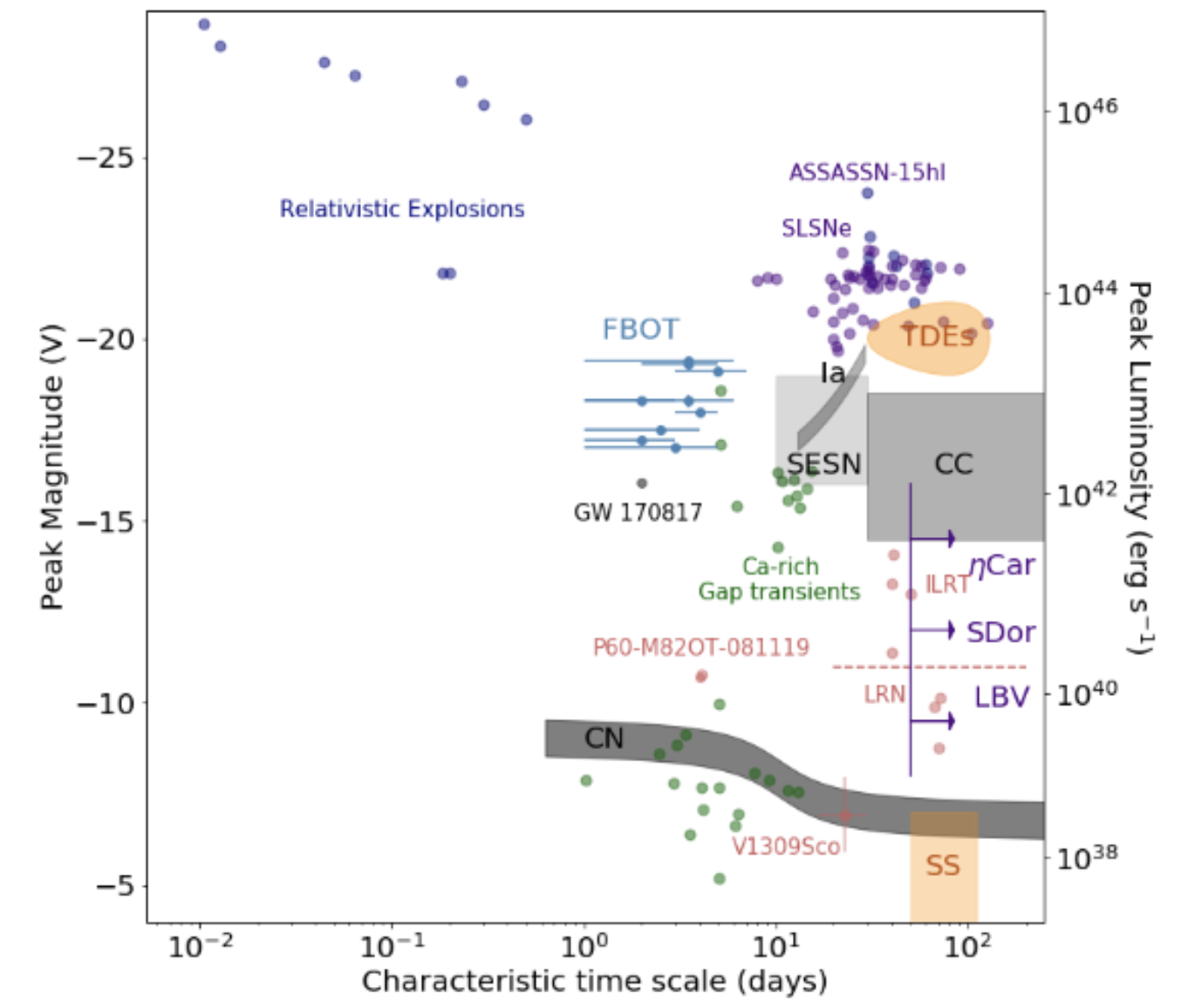
Rubin LSST
Leading the Rubin LSST army of volunteers
Rubin LSST projects at FASTLab
At the intersection of astrophysics and Public Policy: From Light Echoes to Pollution Plumes
Data skills for good: COVID response support in Delaware
https://www.youtube.com/watch?v=qc_iscV1uA0
Time domain astrophysics at a glance
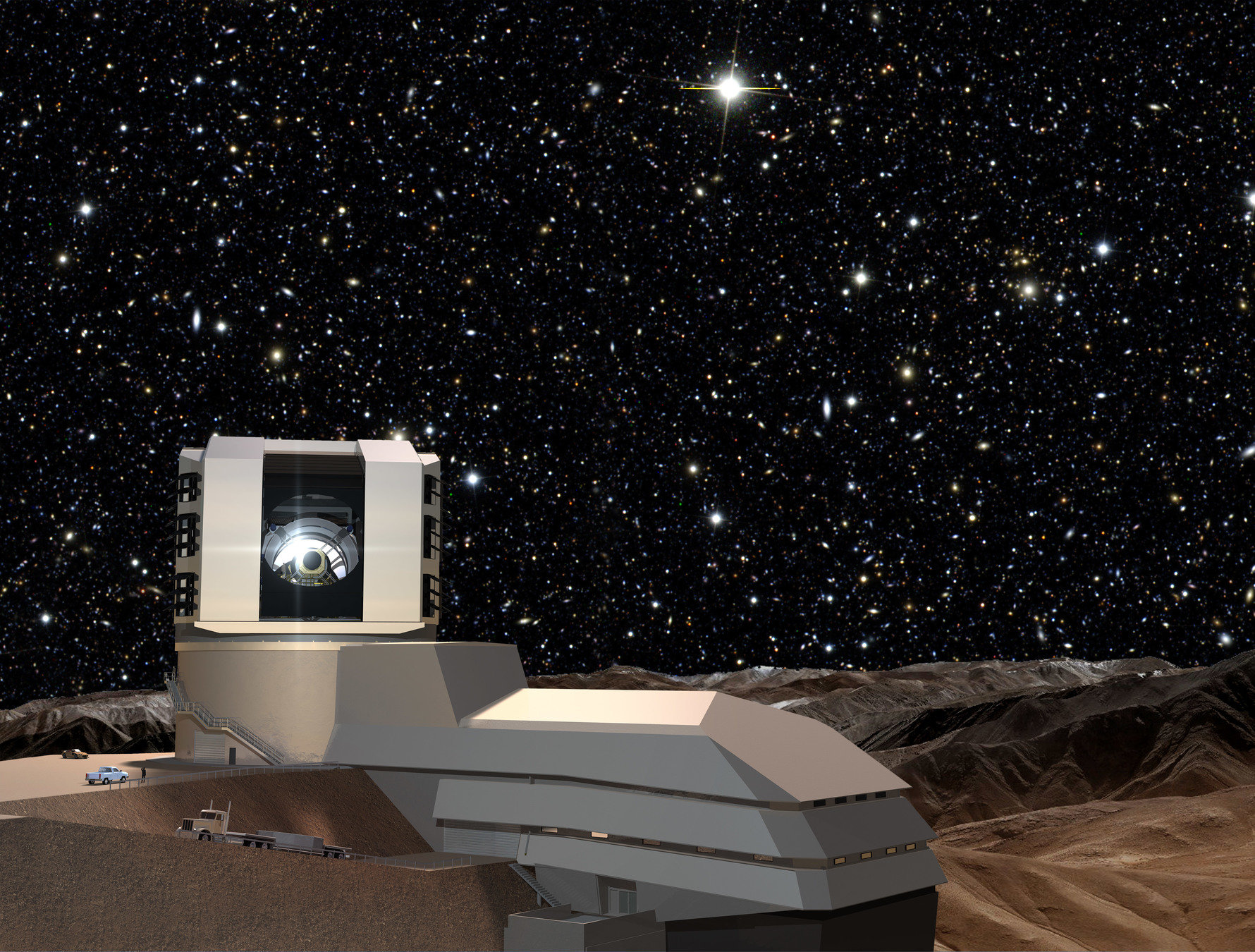
Rubin LSST
Leading the Rubin LSST army of volunteers
FASTLab projects in data-driven astrophysics
At the intersection of astrophysics and Public Policy: From Light Echoes to Pollution Plumes
Data skills for good: COVID response support in Delaware
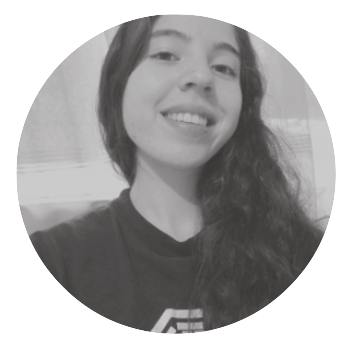
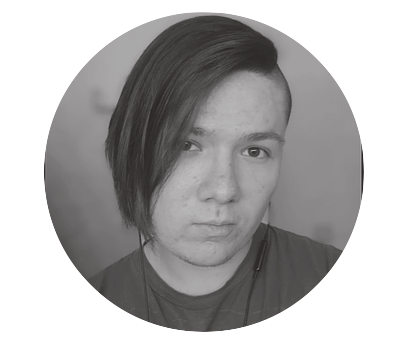
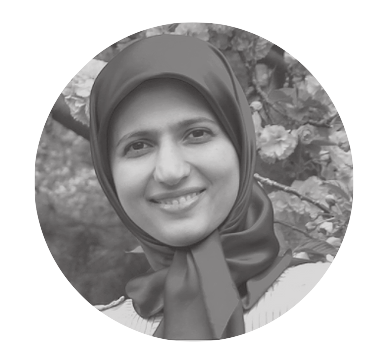
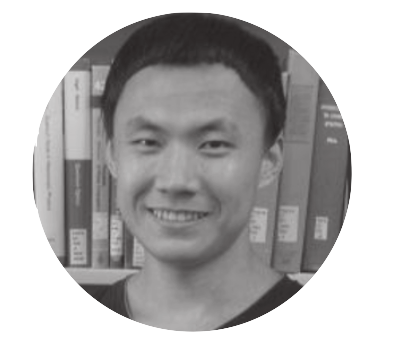

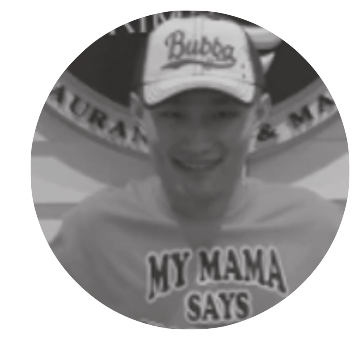

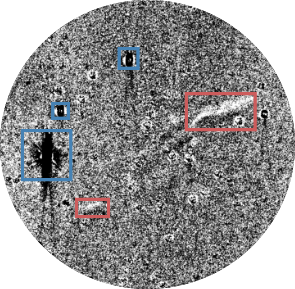
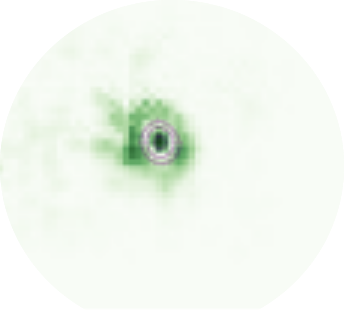
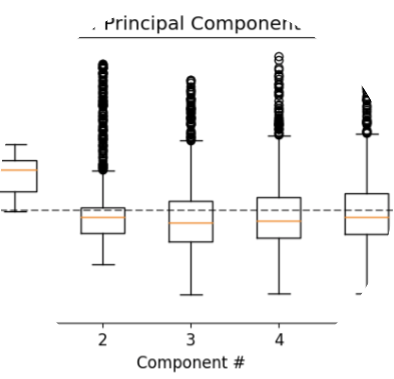
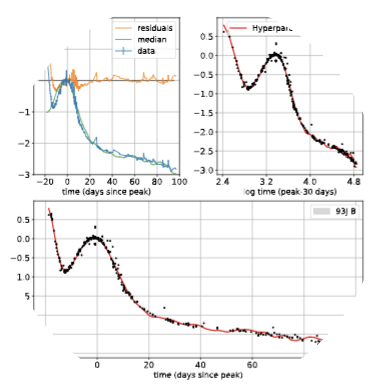
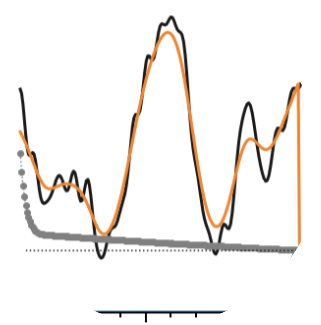
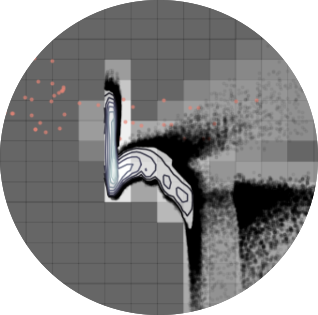
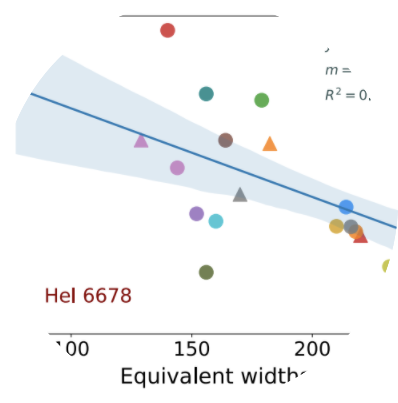
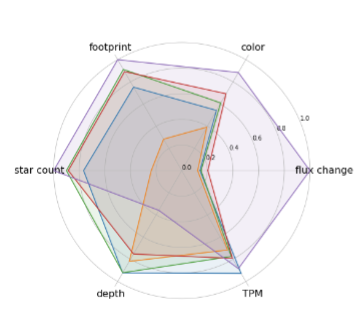
Time domain astrophysics at a glance
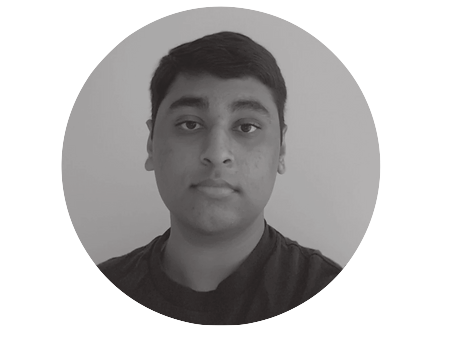
Rubin LSST
Leading the Rubin LSST army of volunteers
Rubin LSST projects at FASTLab
At the intersection of astrophysics, Public Policy, and AI: From Light Echoes to Pollution Plumes
Data skills for good: COVID response support in Delaware

Time domain astrophysics at a glance
Rubin LSST
Leading the Rubin LSST army of volunteers
Rubin LSST projects at FASTLab
At the intersection of astrophysics, Public Policy, and AI: From Light Echoes to Pollution Plumes
Data skills for good: COVID response support in Delaware

Time domain astrophysics at a glance
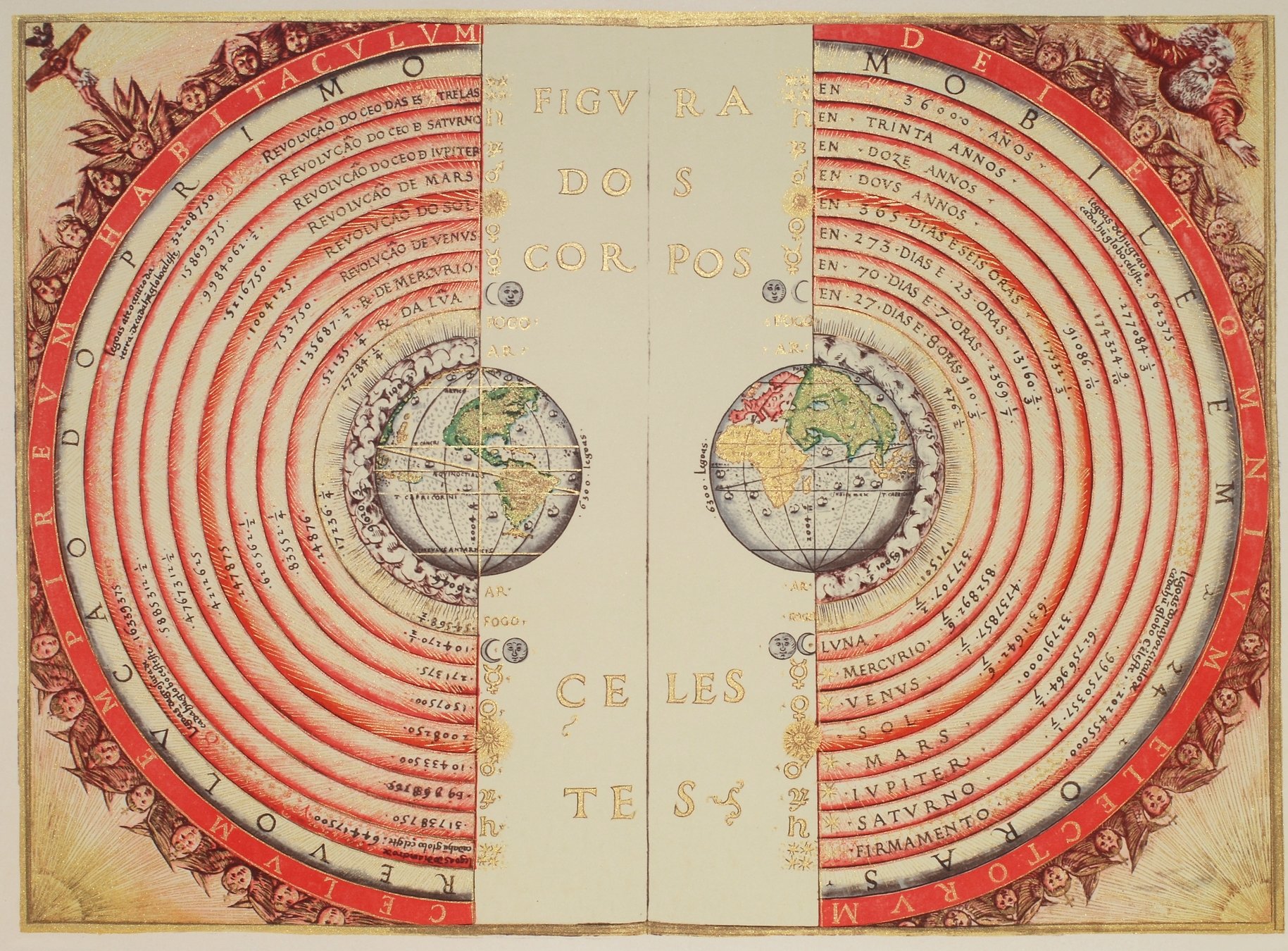
The immutable skies
Bartolomeu Velho, 1568 (Bibliothèque Nationale, Paris)



cepheid


circa 1900
cepheid


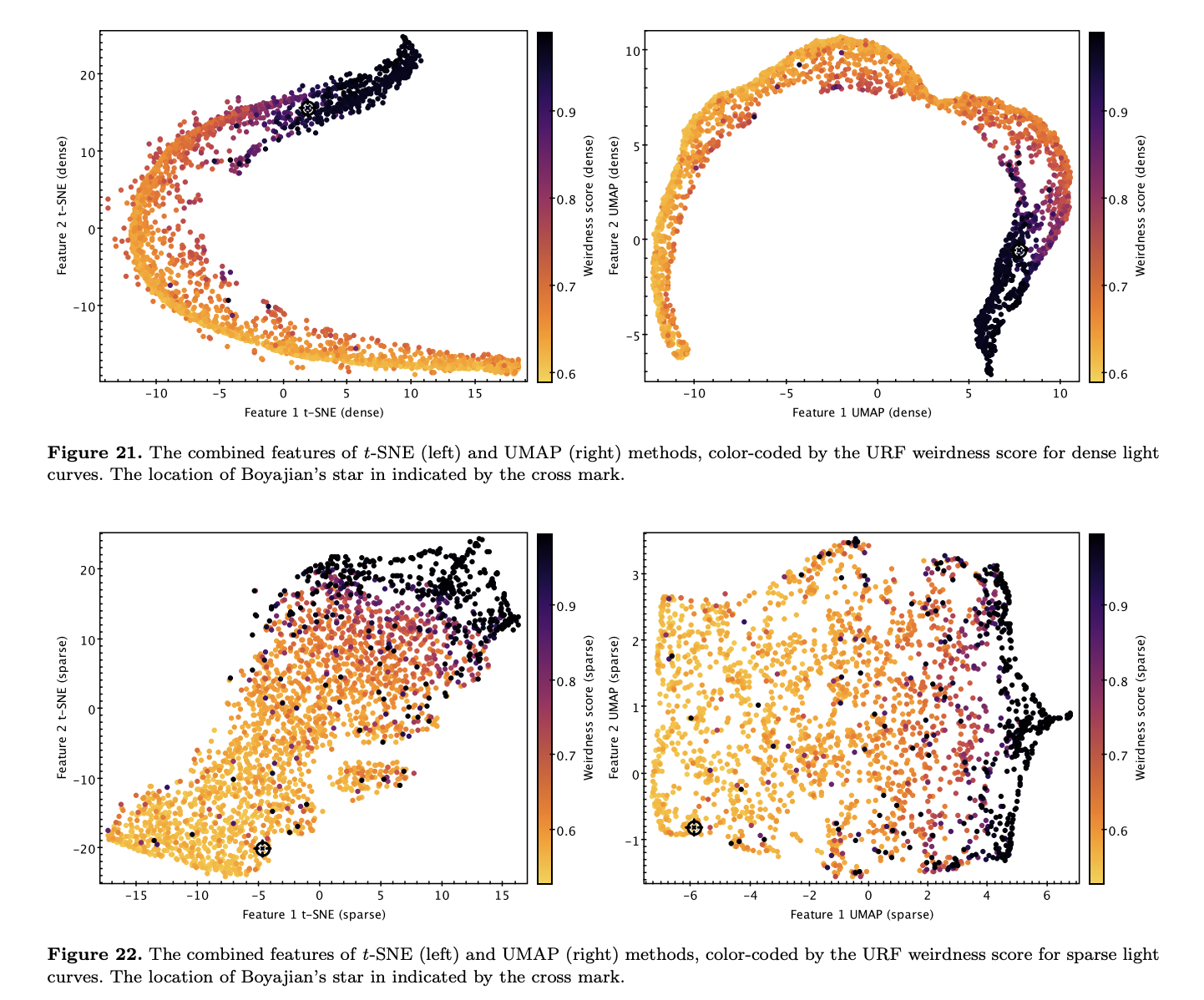

Will we discover new physics?
A survey of Machine Learning features and methods to discover unique objects and rare classes in regularly and irregularly sampled time series
2D t-SNE projection of feature space
Weirdness score
Evenly sampled Kepler time series
.
Sparse, unevenly sampled Kepler time series
Will we discover new physics?


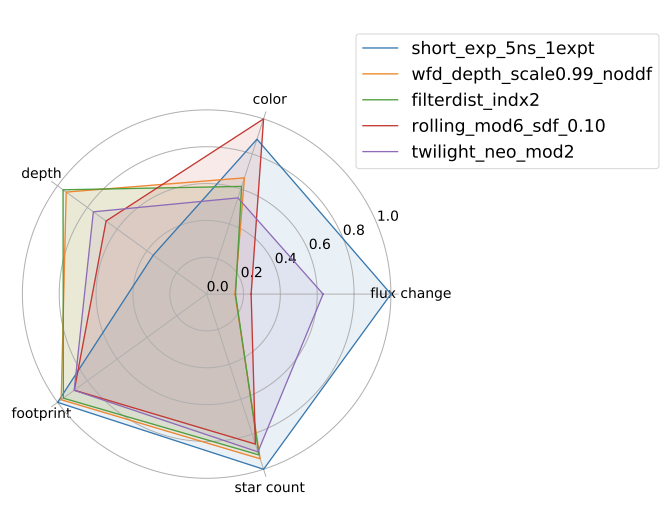
A comparative assessment of LSST potential surveys in the discovery of unknown unknowns
Vera C. Rubin Observatory:
Ushering a New Era of TDA

LSST Science Drivers
Probing Dark Energy and Dark Matter


image credit ESO-Gaia
LSST Science Drivers
Mapping the Milky Way and Local Volume
via resolved stellar population

An unprecedented inventory of the Solar System from threatening NEO to the distant Oort Cloud

LSST Science Drivers
LSST Science Drivers
image credit: ESA-Justyn R. Maund
Exploring the Transients and Variable Universe
10M alerts every night shared with the world
60 seconds after observation
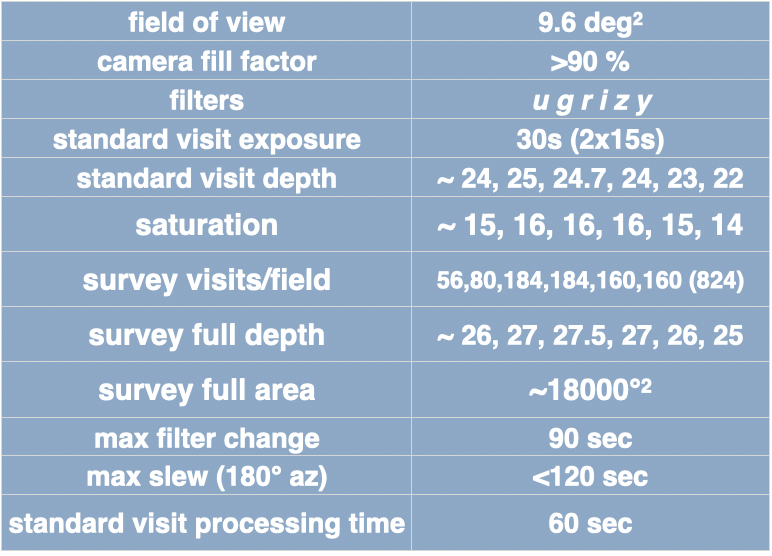
single image depth ~24
10-year stack image depth ~26
image resolution 0.2'' (seeing limited)
18,000 sq degrees
839 images over 10 years in 6 filters
2-3 images per night
each fields reobserved within ~days
5 fields observed to higher cadence and more images
survey specification
~25.9, 26.8, 26.8, 26.3, 25.6, 24.8
~56, 74, 184, 187, 166, 171
8m Telescope - 9.6 deg.sq. field of view
Observatory


The DOE LSST Camera - 3.2 Gigapixel
3.2 Gigapixel camera
378 4K ultra-high-definition TV
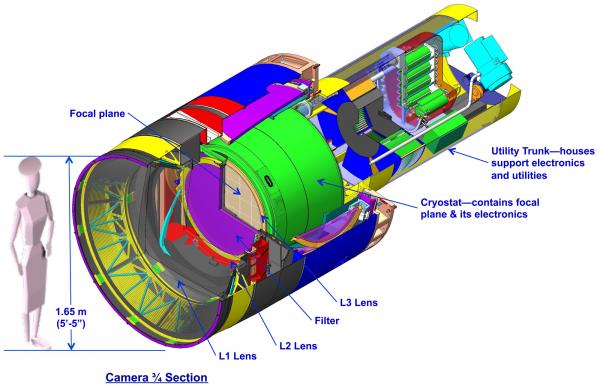

S. Ritz (UCSC), Camera Project Scientist, now Rubin Construction Project Scientist
Aaron Rodman (SLAC), LSST Camera Program Lead

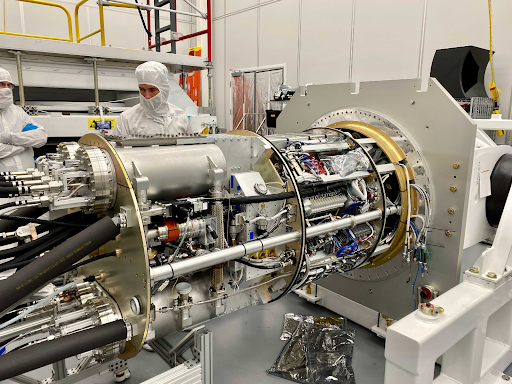
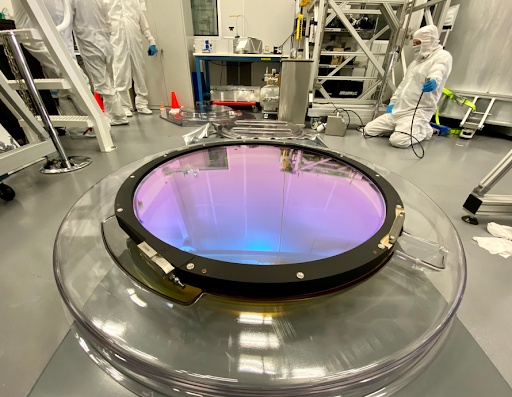
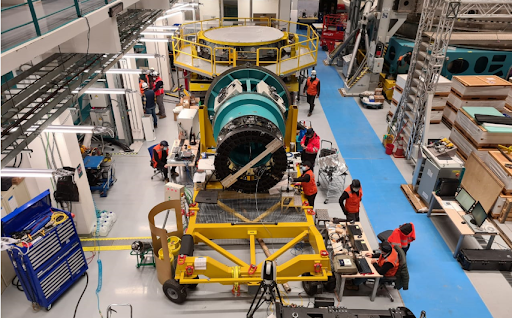

@fedhere
2020

@fedhere
18 months of COVID have caused a 24 months delay in construction
interlocking requirements have superlinear effects
Survey start 2024
2020
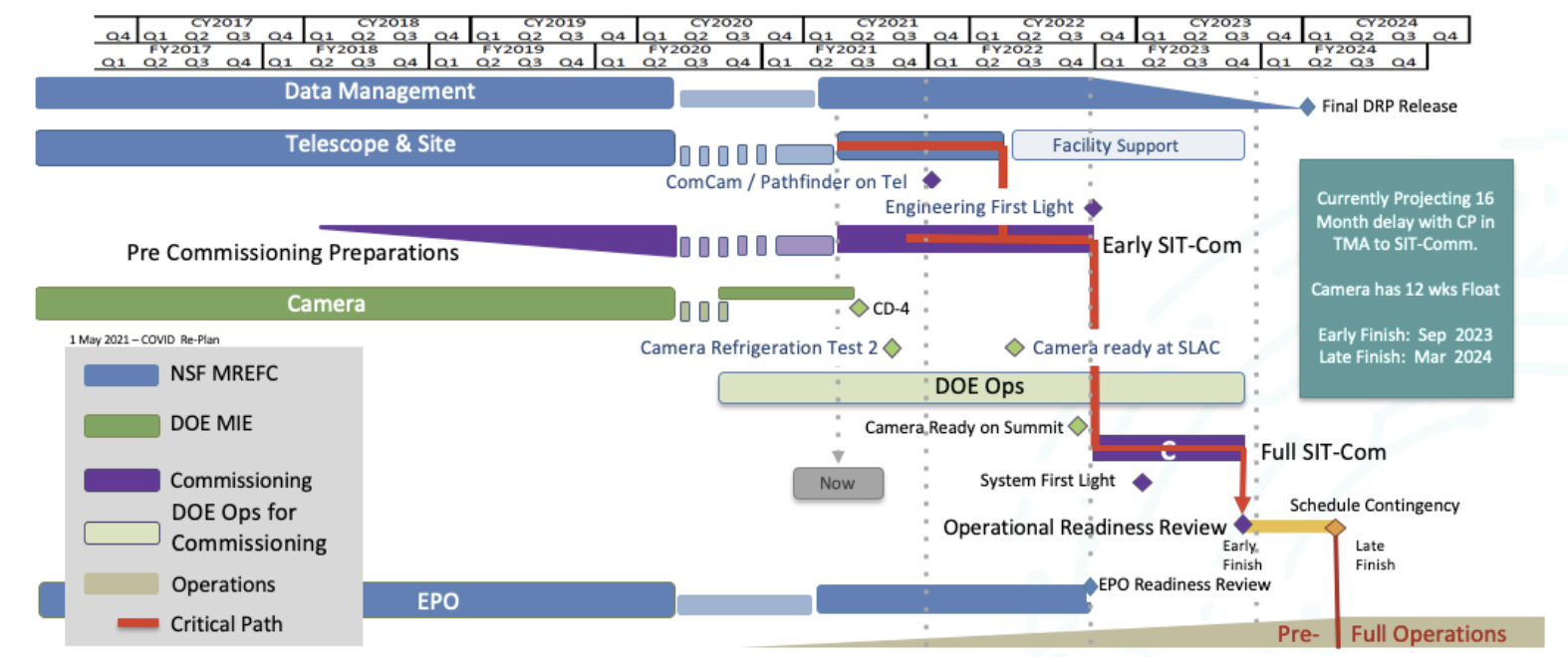
Survey Start 2024 (probably)
Data Products

federica bianco - fbianco@udel.edu

@fedhere
world public!

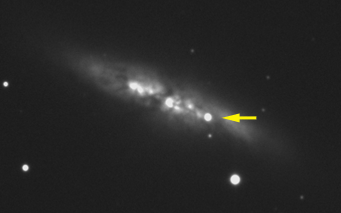
federica bianco - fbianco@udel.edu
world public
data right holders




Astronomy meets Data Science
federica bianco - fbianco@udel.edu

@fedhere
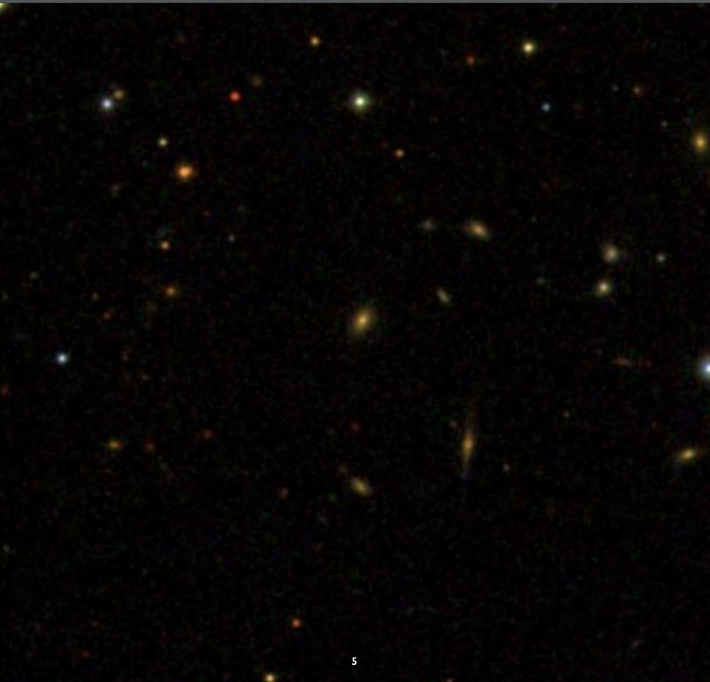
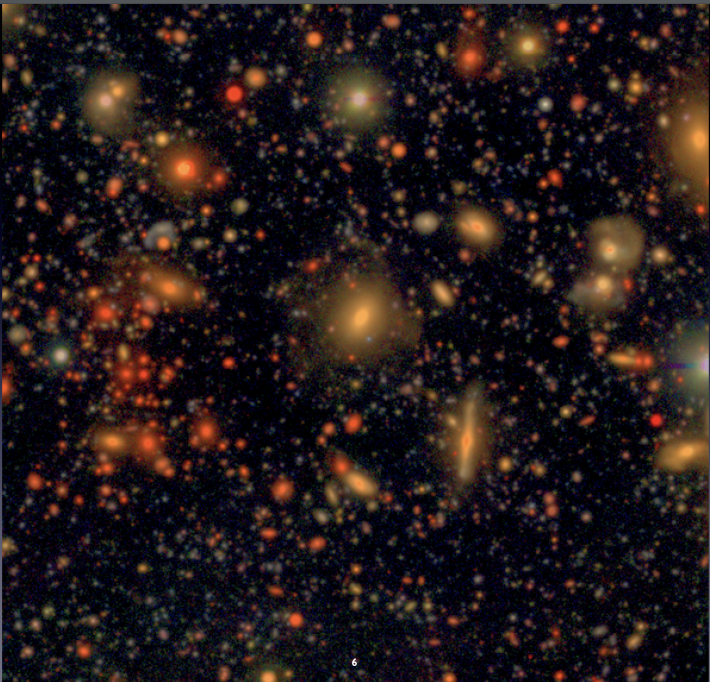
At this level of precision,everything is variable, everything is blended, everything is moving.
| u,g,r,i,z,y | |
|---|---|
| Photometric precision Photometric accuracy Astrometric precision Astrometric accuracy # visits |
5 mmag 10 mmag 10 mas 50 mas 56, 80, 184, 184, 160, 160 |
SDSS
LSST
http://faculty.washington.edu/ivezic/talks/NASAseminar.pdf
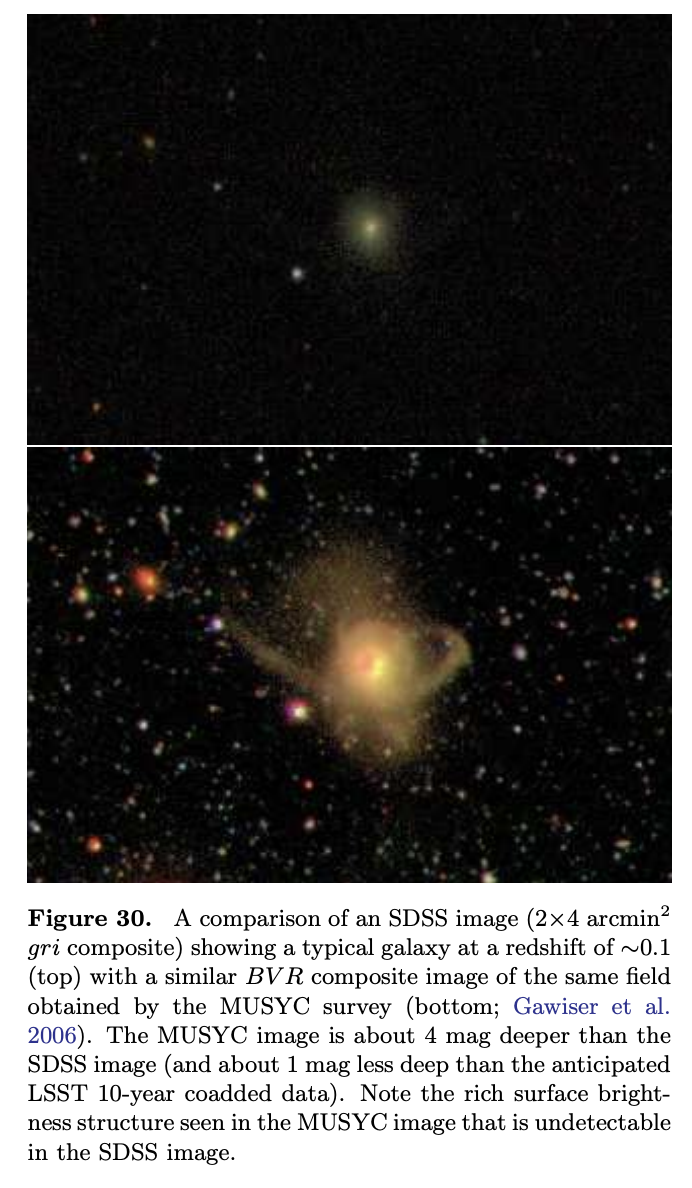

SDSS 2x4 arcmin sq griz
MYSUC (Gawiser 2014) 1 mag shallower than LSST coadds
federica bianco - fbianco@udel.edu
@fedhere
At this level of precision,everything is variable, everything is blended, everything is moving.
| u,g,r,i,z,y | |
|---|---|
| Photometric precision Photometric accuracy Astrometric precision Astrometric accuracy # visits |
5 mmag 10 mmag 10 mas 50 mas 56, 80, 184, 184, 160, 160 |
http://faculty.washington.edu/ivezic/talks/NASAseminar.pdf
Rubin will see ~1000 SN every night!

A lot of them will be too faint to study with traditional means, particularly spectra.
Lots of emphasis in new analysis techniques that rely on "Big Data"


Survey
design


Rubin LSST survey design

distributions of time gaps in 76 OpSims
Rubin LSST survey design
Rubin LSST survey design
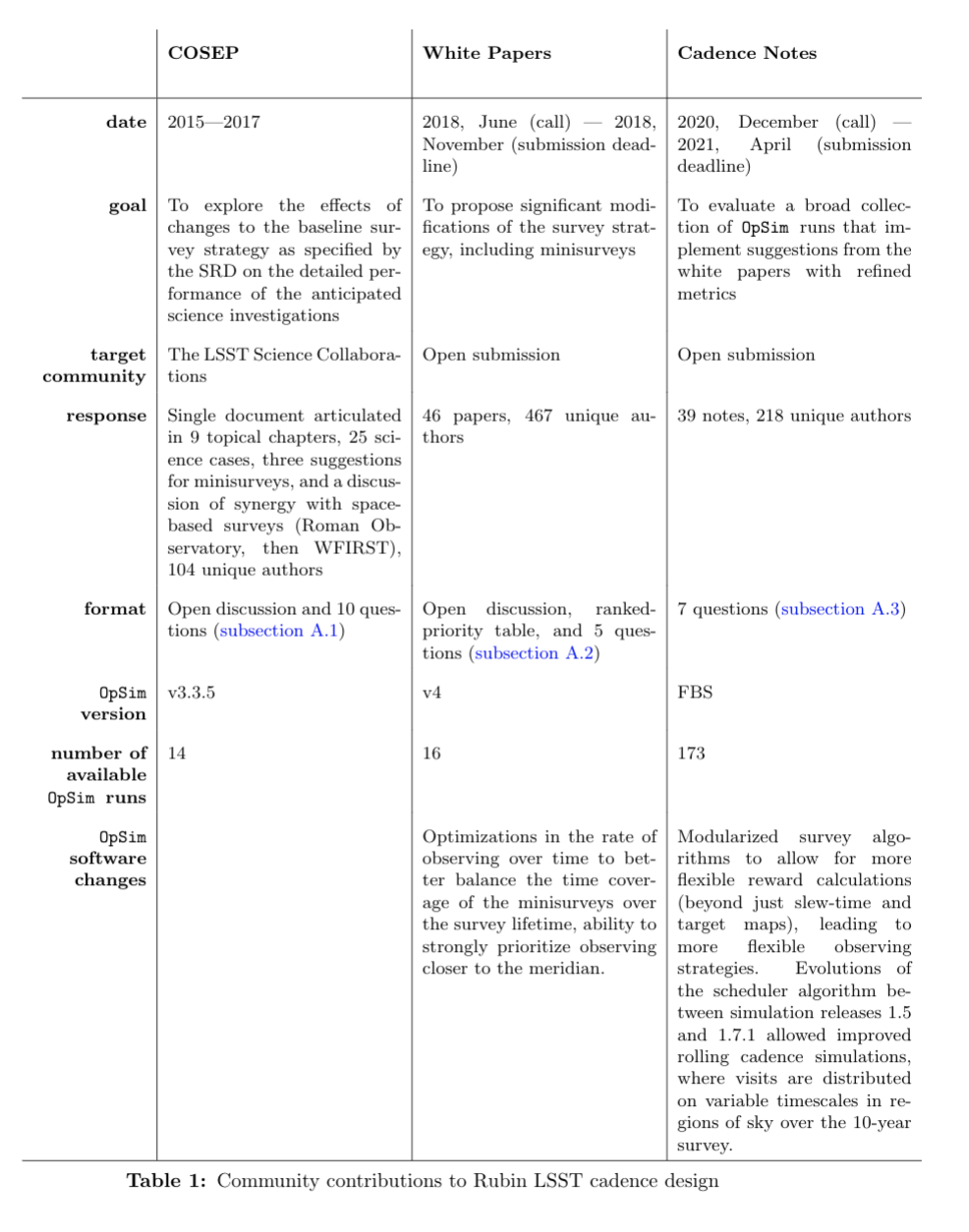
Bianco et al. 2021
Because the Rubin LSST data is open to all US scientists and to a broader yet community worldwide, to truly make it a survey of and for and of the people, Rubin Observatory called the community to design its survey -
this is a uniquely "democratic" process!
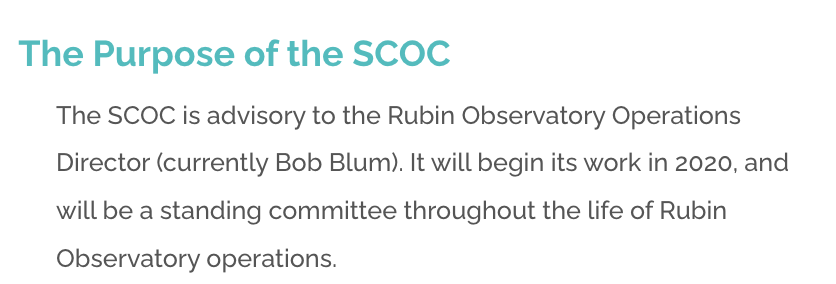

single document
9 chapters
25 science cases
14
46 papers
467 unique authors
16
39 notes
218 unique authors
173
date
goal
target community
response
available simulation
2015-17
2018
2021
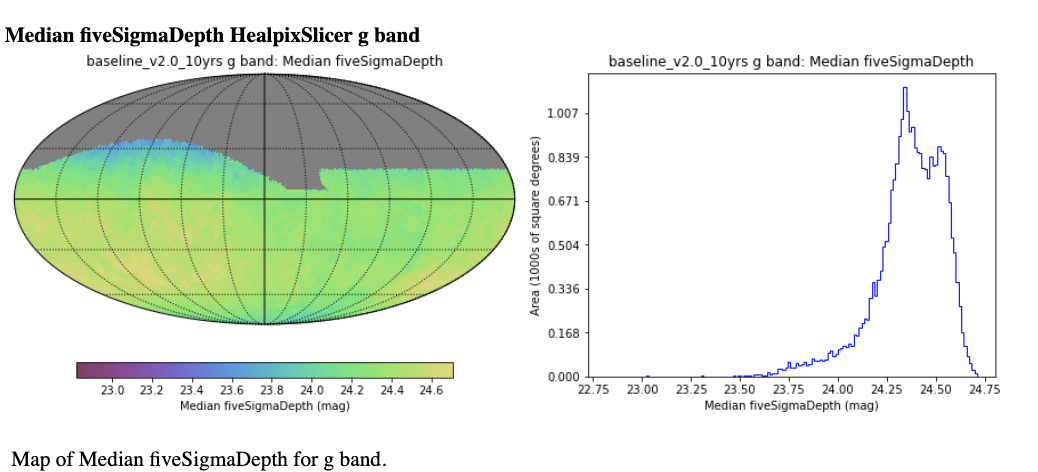
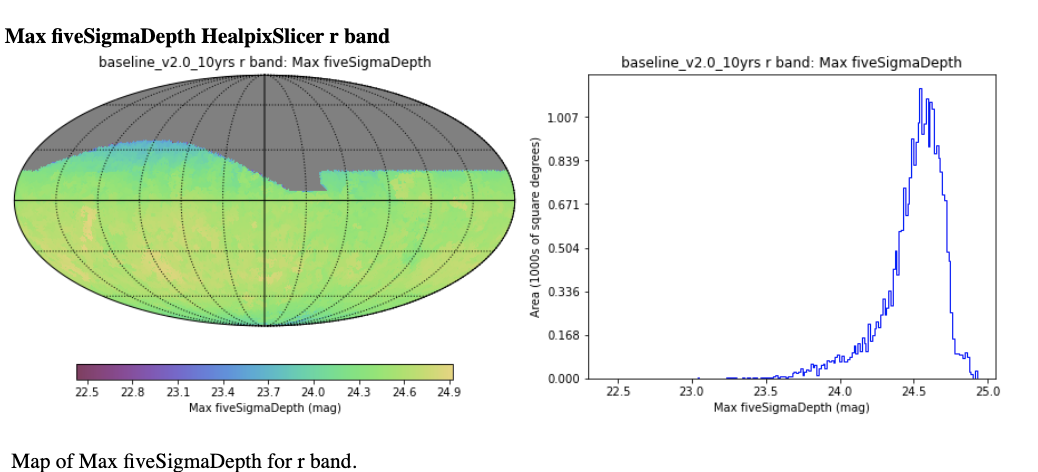


23
23
24.6
24.6
23
26.8
28
26.9
28.1
5σ depth
5σ depth
coadd 5σ depth
coadd 5σ depth
survey specification
(current baseline)
g band
r band
source http://astro-lsst-01.astro.washington.edu:8080/?runId=2
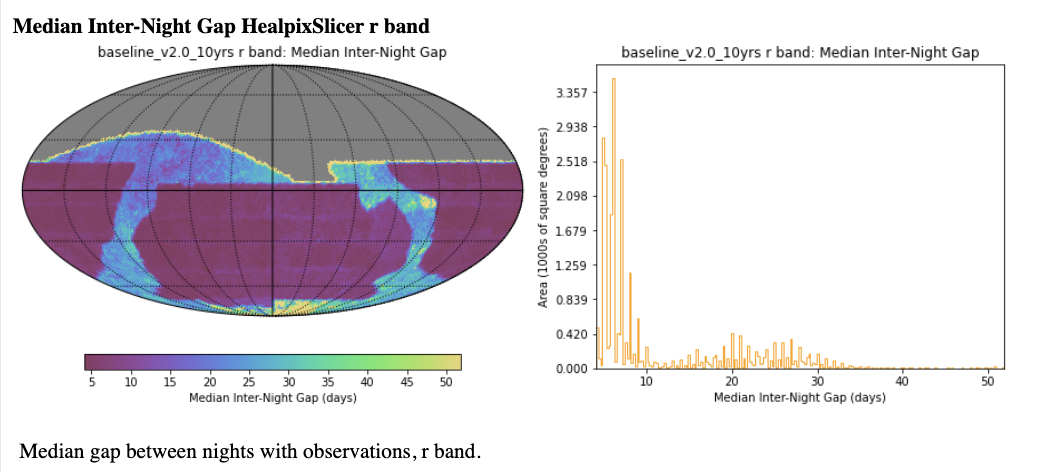
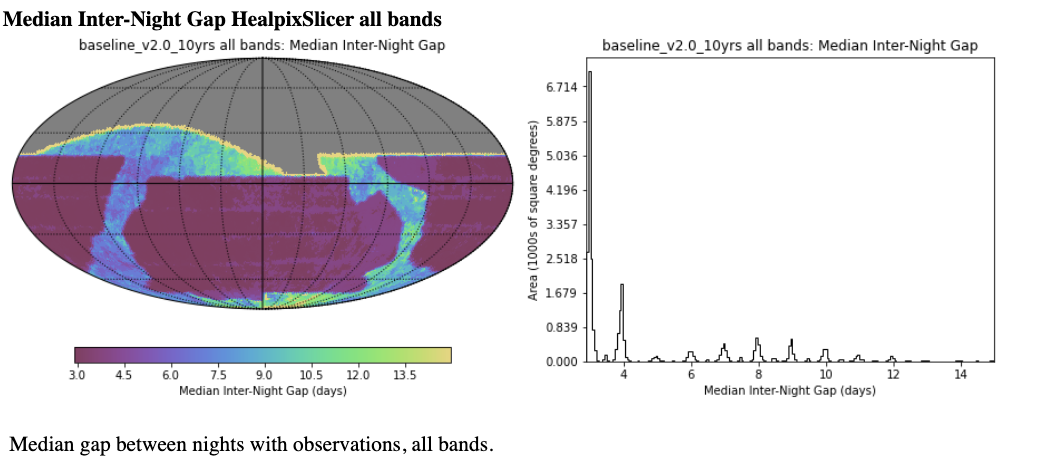
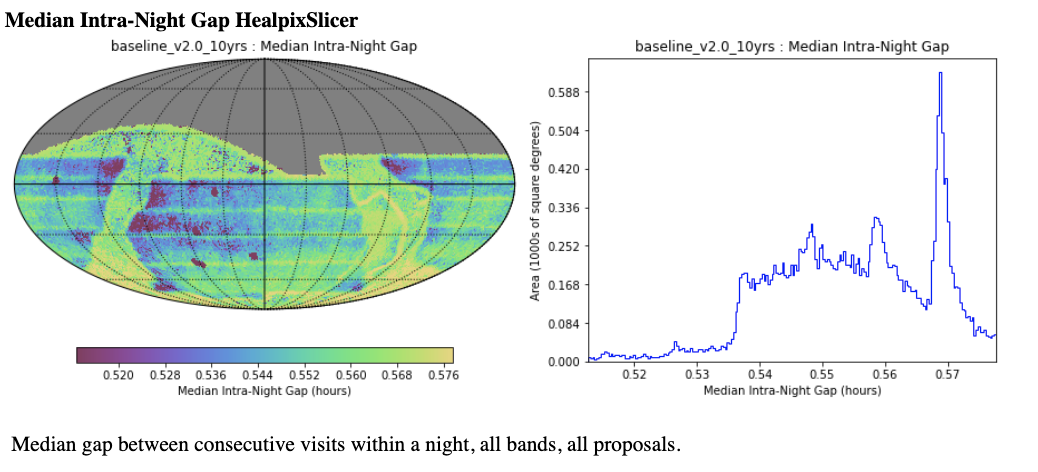
0.576
0.52
intranight gap
hours
15
internight gap
days
15
3
median internight gap
days
50
5
median internight gap
days
any filter
r band
survey specification
source http://astro-lsst-01.astro.washington.edu:8080/?runId=2
0.576
intranight gap
hours
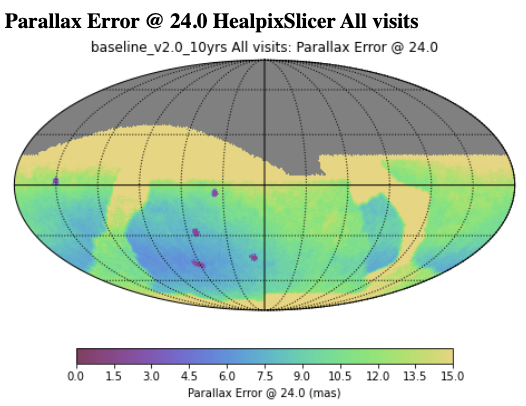
Parallax error @ 24 mag (mas)
Gaia DR2: 0.1 mas @ mag 17
https://www.cosmos.esa.int/documents/29201/1770596/Lindegren_GaiaDR2_Astrometry_extended.pdf
survey specification
source http://astro-lsst-01.astro.washington.edu:8080/?runId=2
survey specification
(current baseline)
the Rubin LSST
Science Collaborations




The Rubin Organization is almost as complex as the Universe it will explore!

Rubin LSST Science Collaborations
The Rubin Organization is almost as complex as the Universe it will explore!
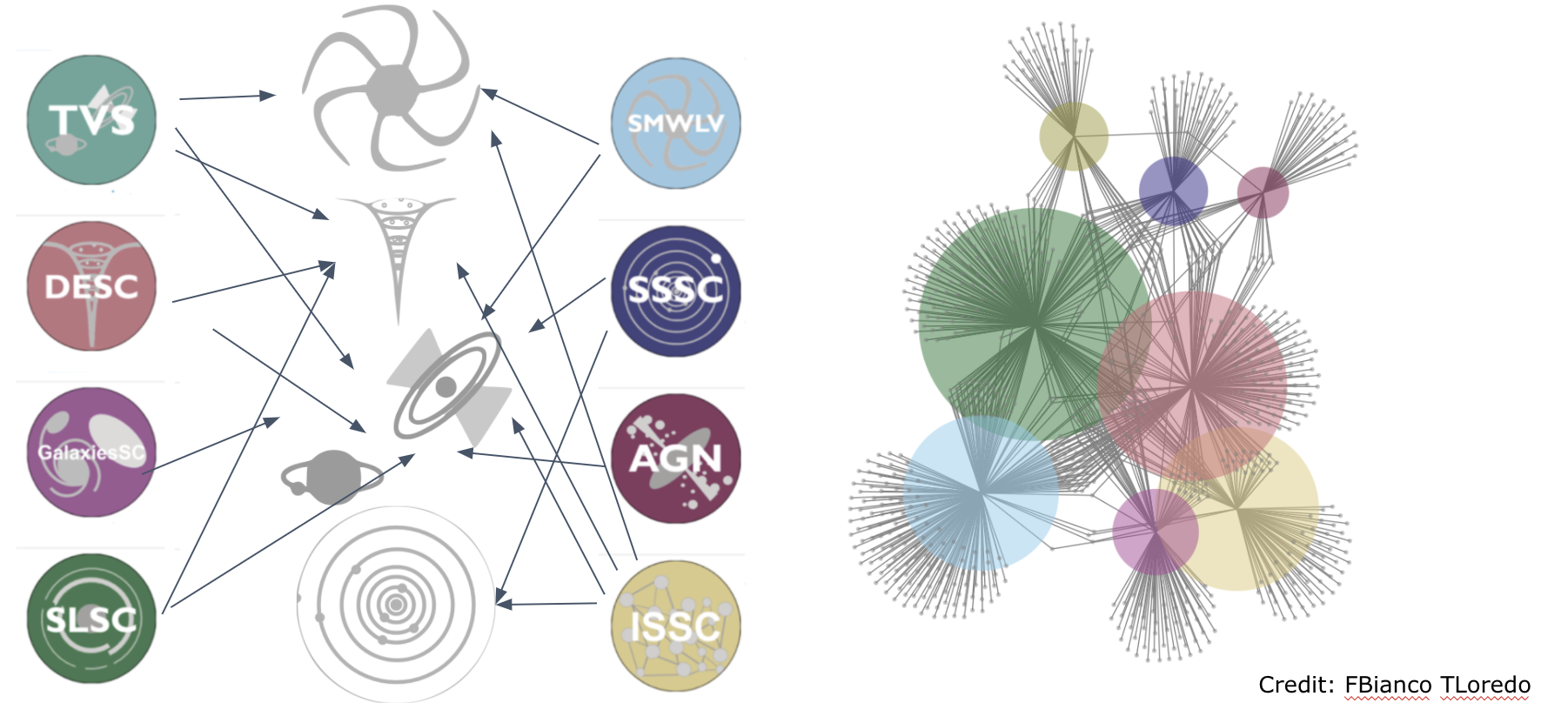
8 SCs - 6 continents - 2000 people - 25 countries
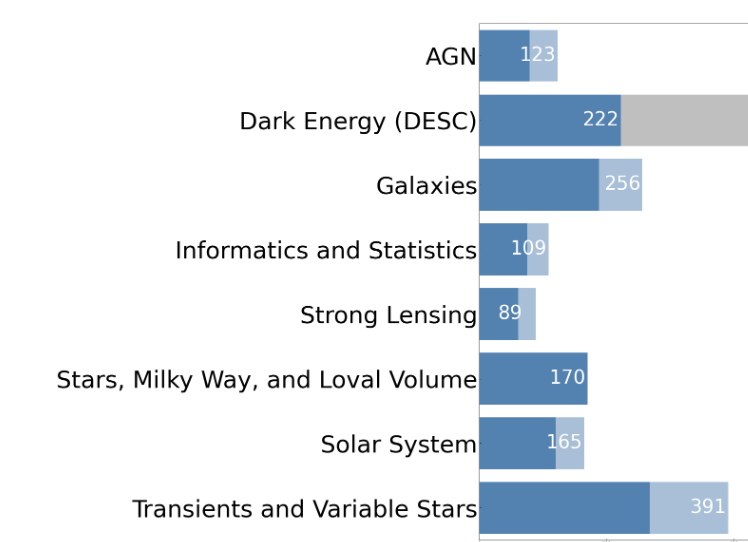

Rubin LSST Science Collaborations
8 SCs - 6 continents - 2000 people - 25 countries
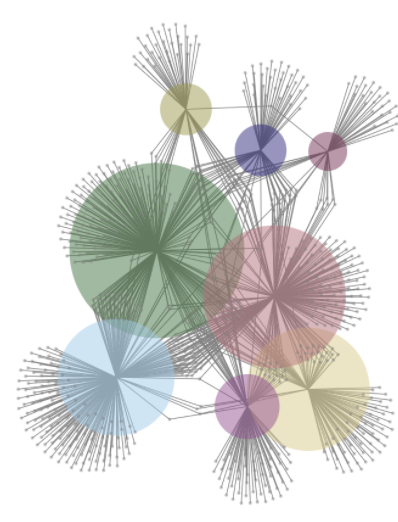










Rubin LSST survey design
40+ submissions
85% led by SC members
and virtually all including SC members
The SCs were core to this process
Rubin Focus Issue of ApJS on Rubin Survey Strategy Optimization


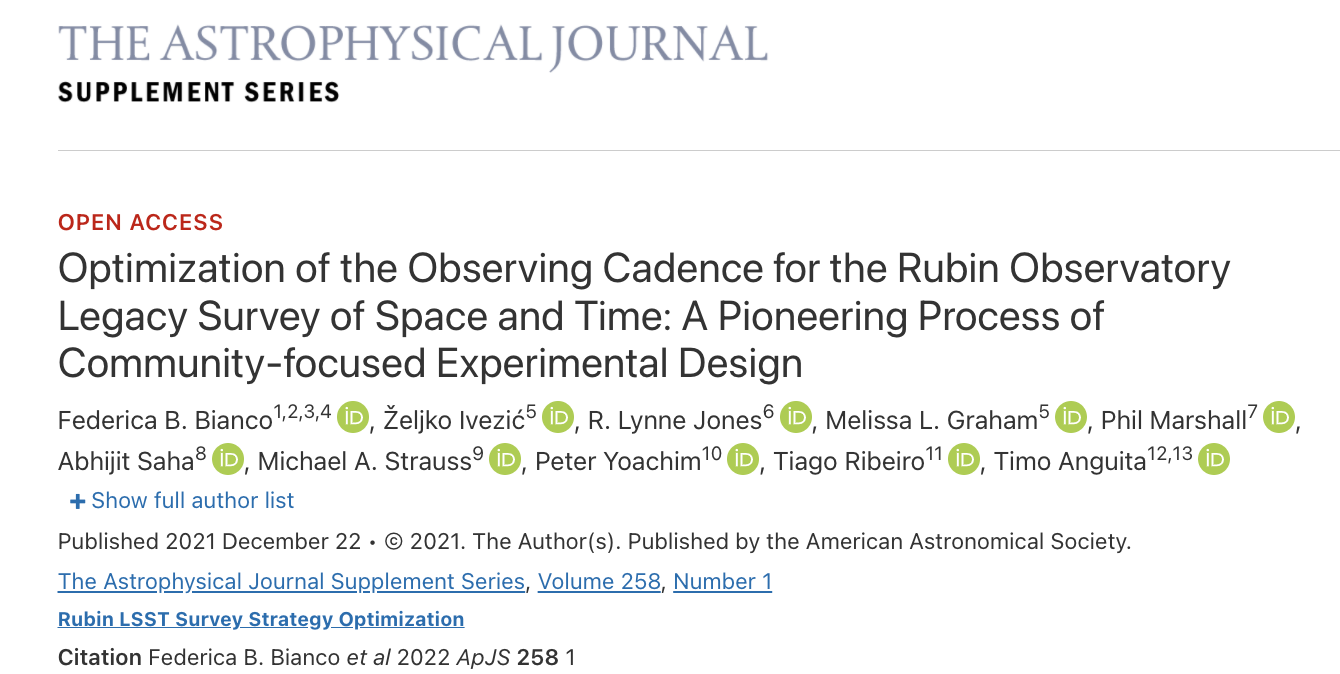
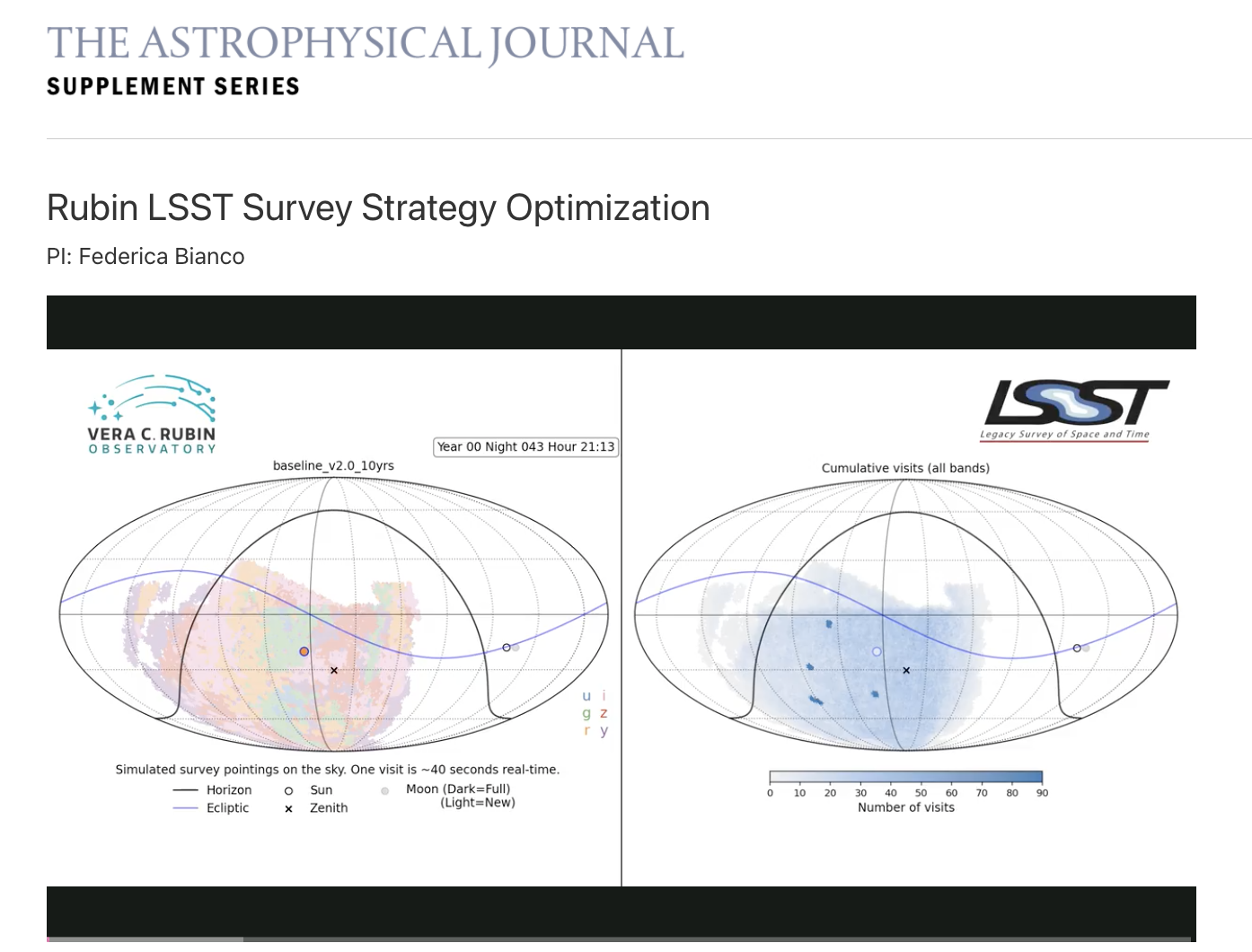
A focus issue of ApJS to publish LSST cadence proposals work
Rubin LSST Science Collaborations
8 SCs - 6 continents - 2000 people - 25 countries


Chairs of the Transients and Variable Stars Science Collaboration
Science Collaborations Coordinator


Chairs of the Transients and Variable Stars Science Collaboration
Science Collaborations Coordinator
Member of the SAC
Member of the Contribution Evaluation Committee
Member of the LSSTC Executive Board
Member of the Research Inclusion Working Group
We study rare and unusual transients with machine learning and probabilistic inference
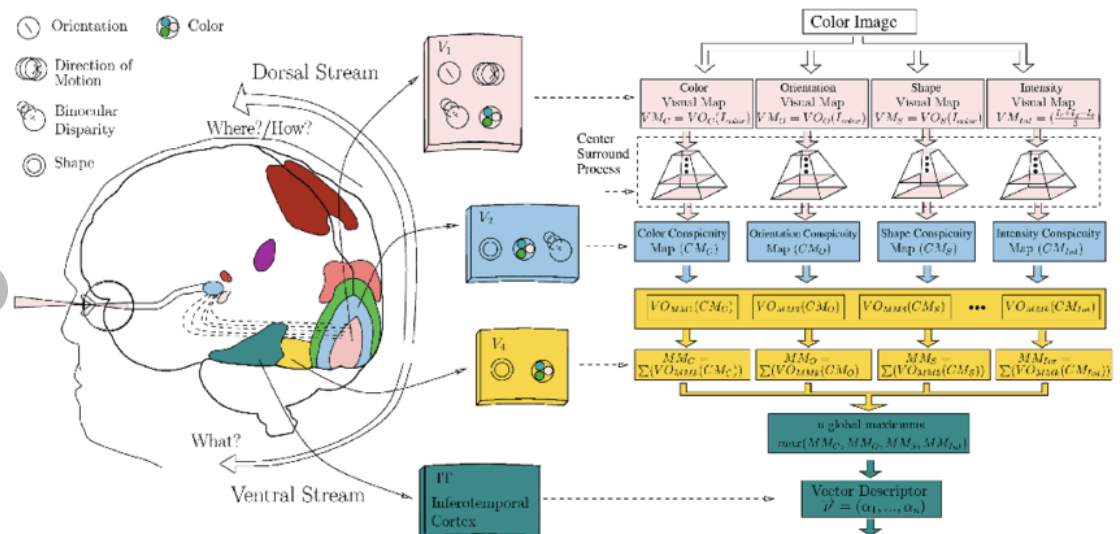
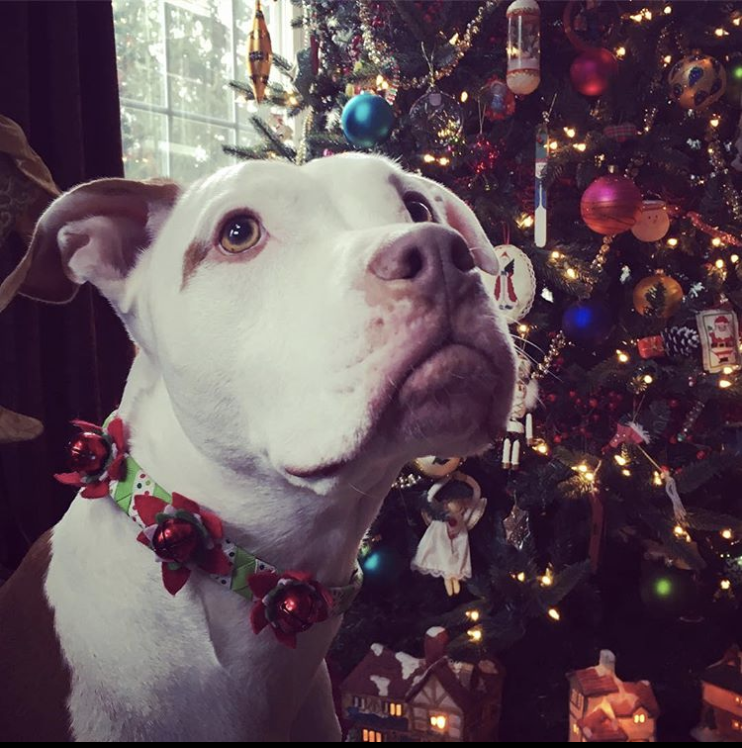
@akumadog
Brain Programming and the Random Search in Object Categorization
Convolutional NN


The visual cortex learns hierarchically: first detects simple features, then more complex features and ensembles of features
The visual cortex learns hierarchically: first detects simple features, then more complex features and ensembles of features

Convolutional NN
multilayer perceptron
output
input layer
hidden layer
output layer
1970: multilayer perceptron architecture




Defines a 5-fold metric to evaluate completeness of LSST observations along features relevant to transients
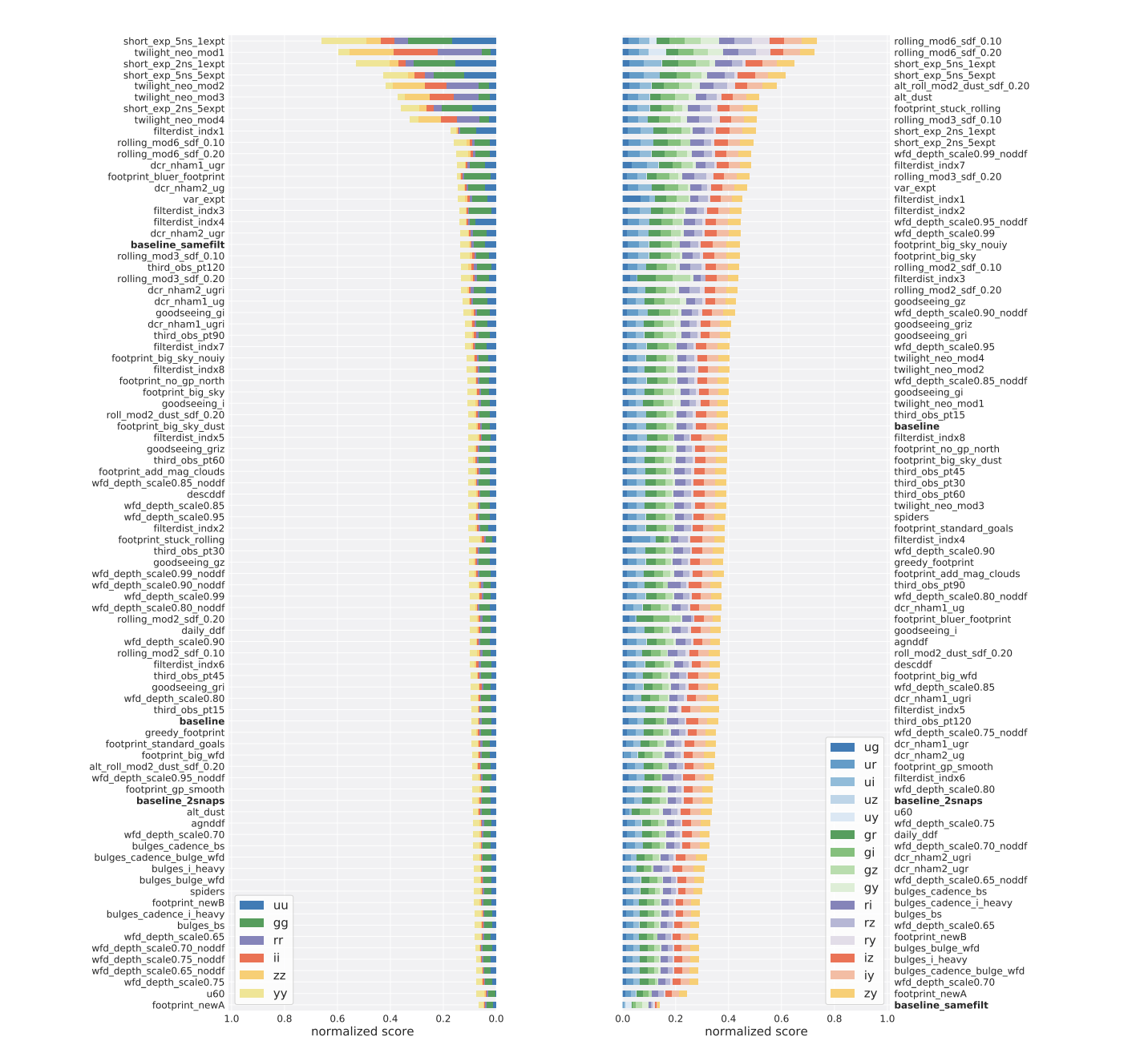
explosions in the sky
explosions in the sky
Astronomy’s Discovery Chain
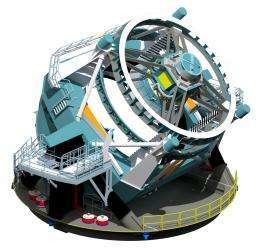
Discovery Engine
10M alerts/night

Community Brokers



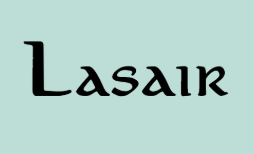
target observation managers



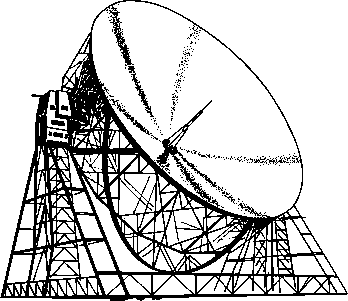


the astronomy discovery chain
LSST data will be insufficient for individual transients
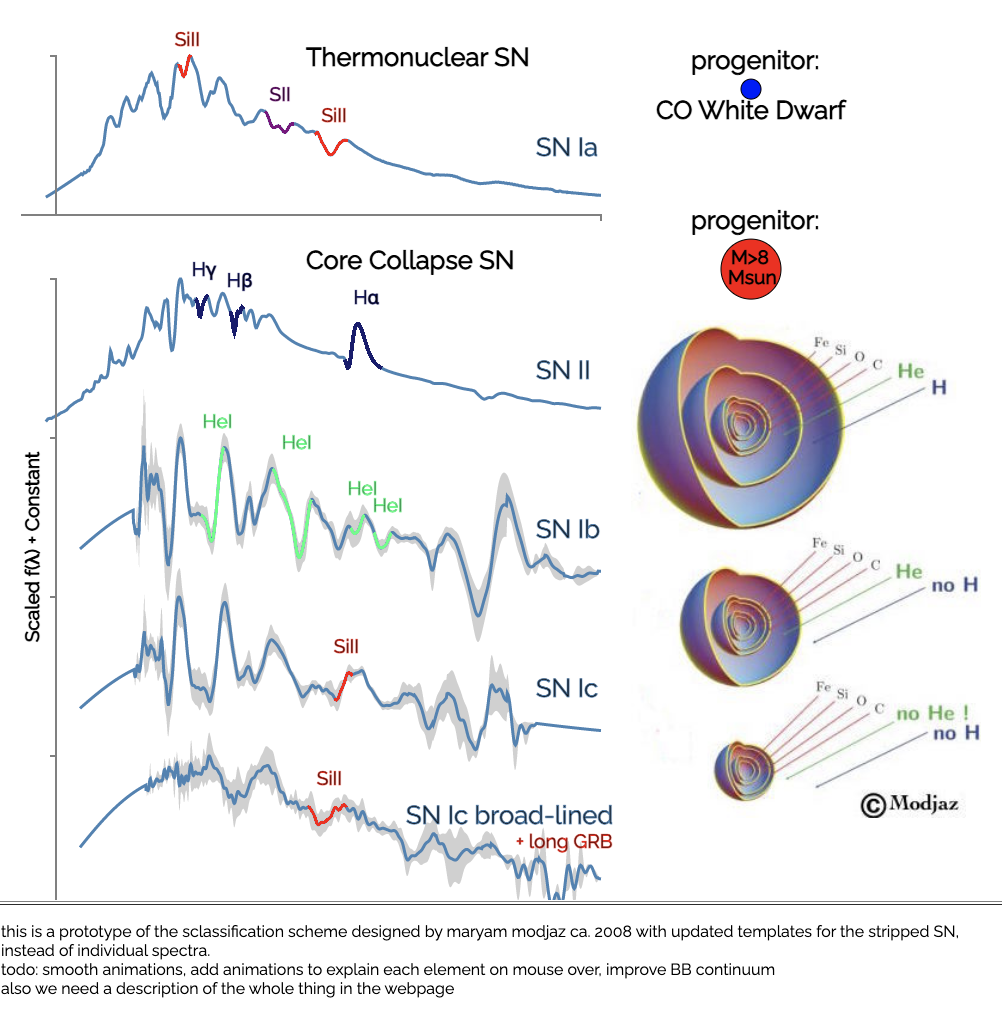

Can we study unusual SNe with Rubin data alone?
Data Driven Templates for rare classes of supernovae arising from massive stars: can we tell them apart from sparse LSST data lightcurves?
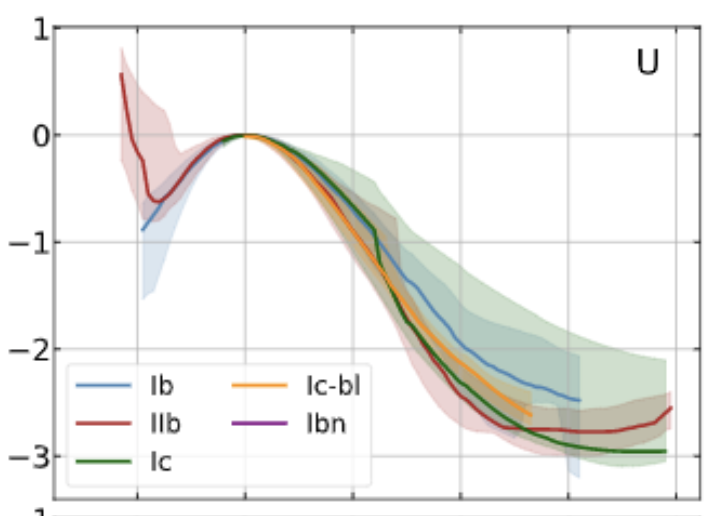
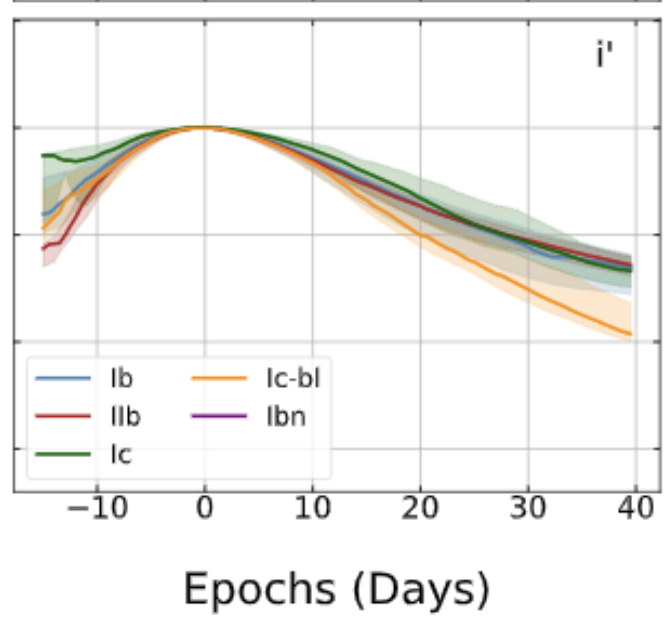

Creating templates from over 1000 photometry of Stripped Envelope Supernovae
Khakpash, Bianco, et al. in prep

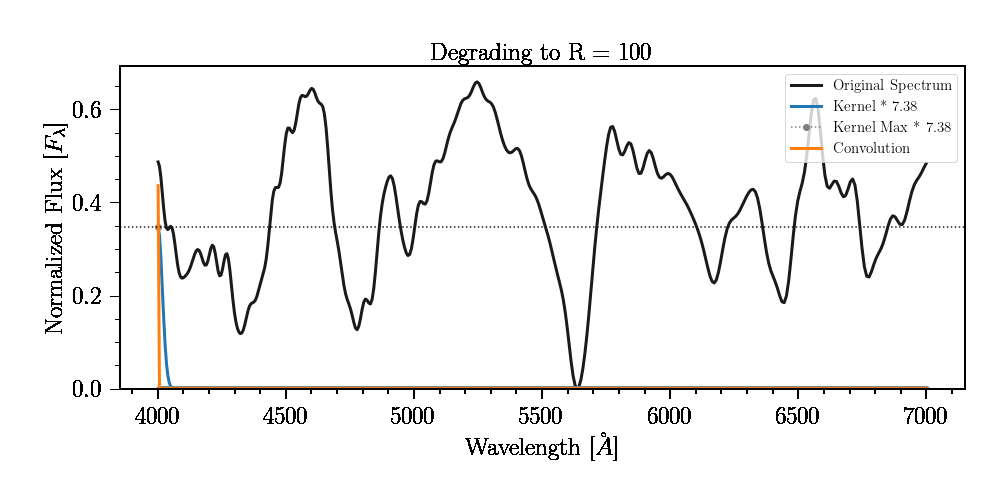
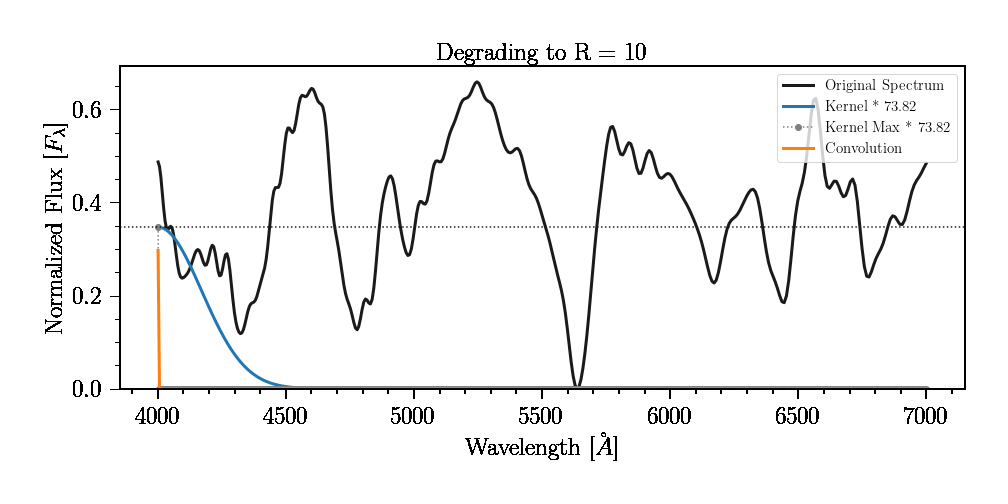
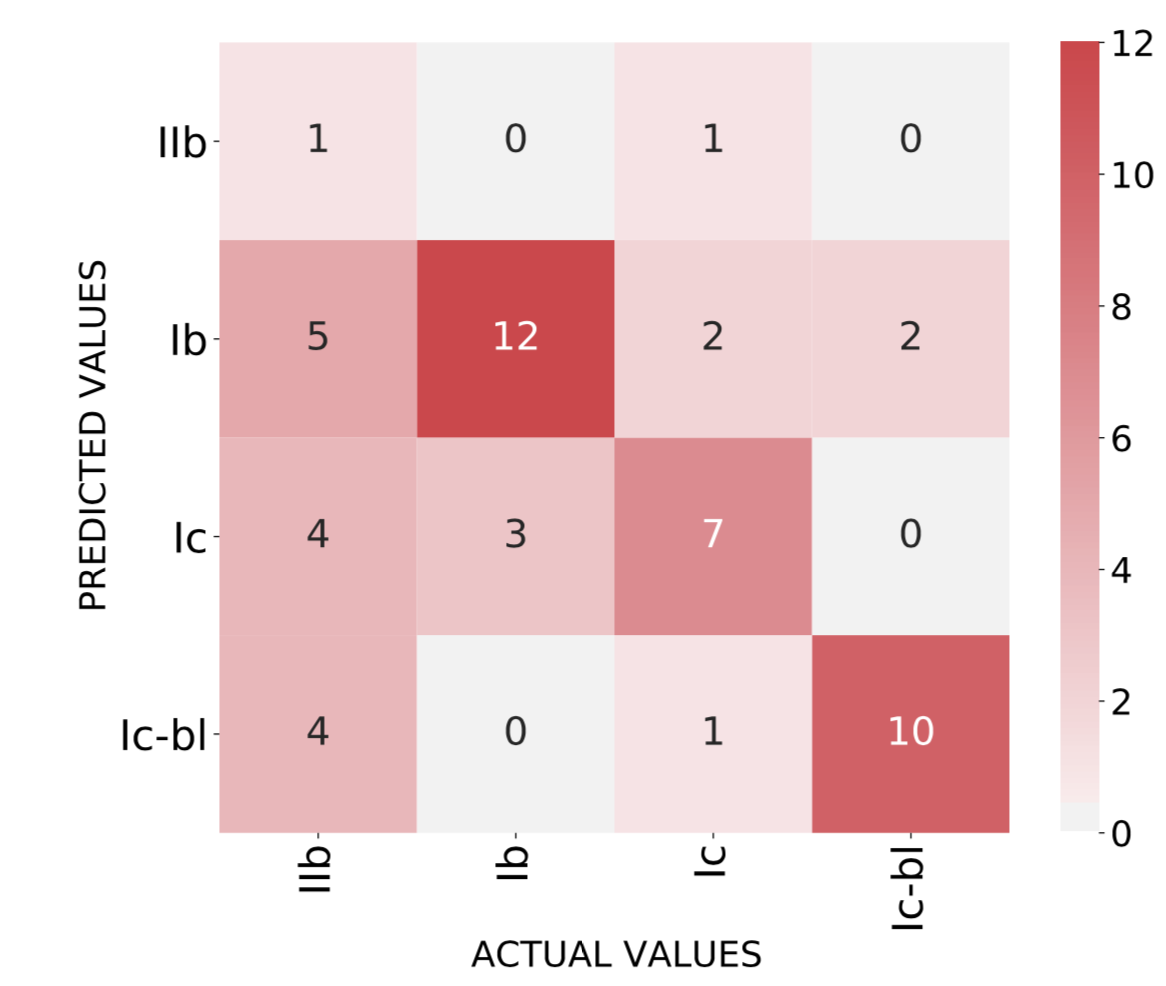
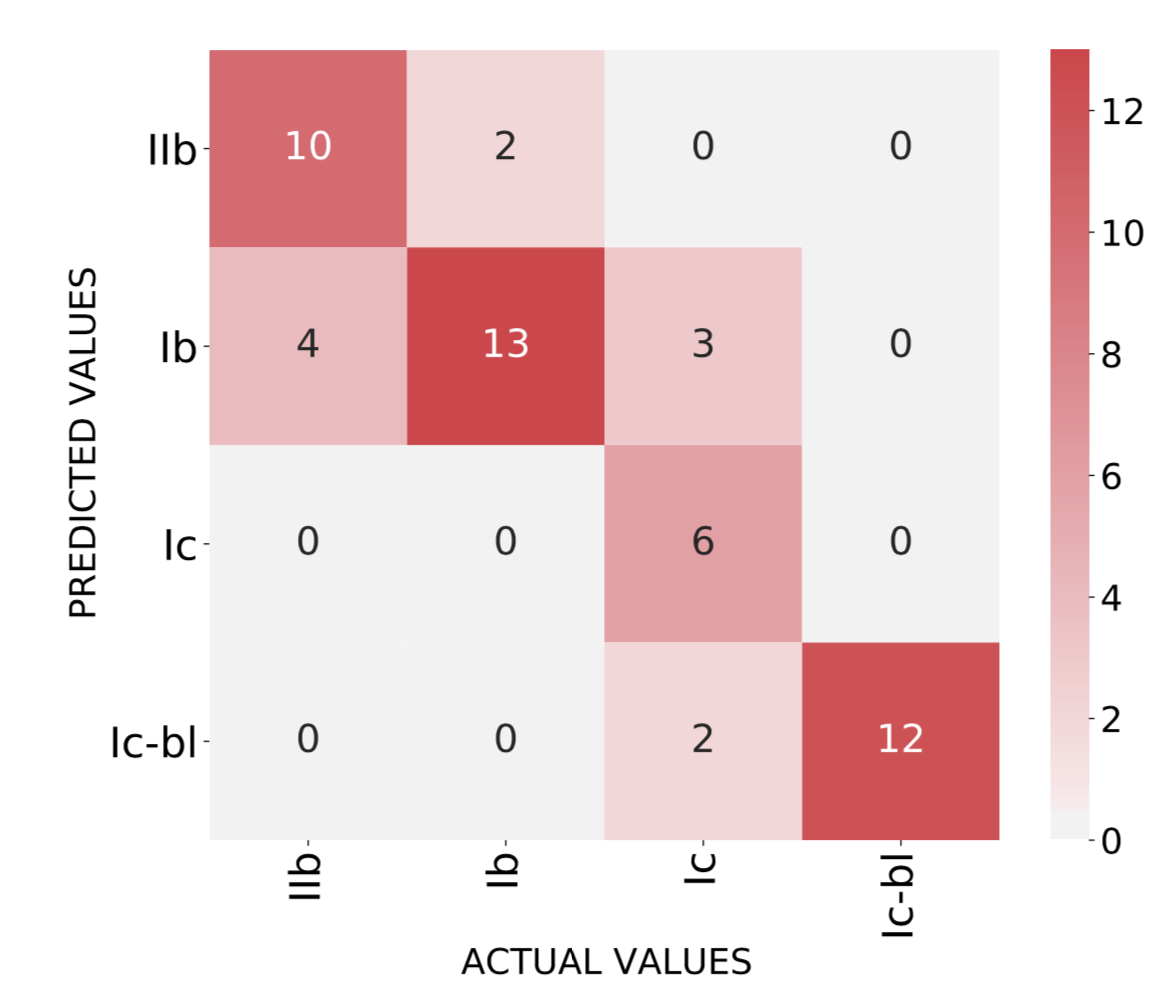
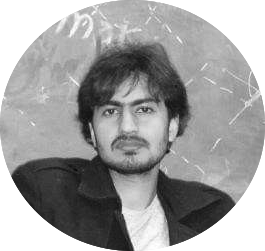
Willow Fox Fortino's next paper
Do we really need a spectrograph??
Umer Zubair's
master's thesis
fast transients with Rubin LSST

Khakpash, Bianco, et al. in prep

Data from Anna Ho et al 2021 - ZTF
Presto Color observing strategy
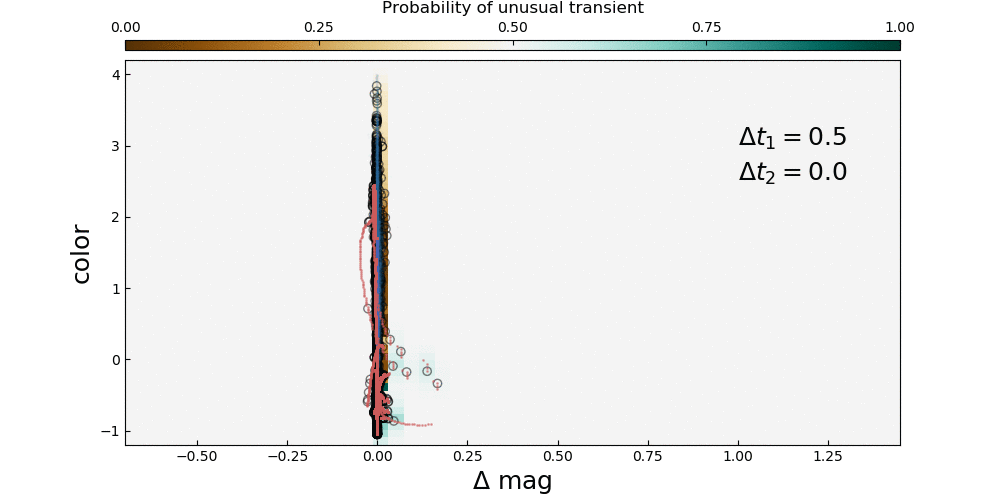
proposing an LSST strategy collecting 3 images in 1 night in 2 filters Bianco et al. 2019

A probabilistic classifier for unusual transients within a single night of observations
Mr. Ming Lian Master Thesis





Sampling 40,000 transients
for each of 22 classes
in a hypercube in 6 dimensions:
- DT1
- DT2
- Filter 1
- Filter 2
- color
- magnitude






Sampling 40,000 transients
for each of 22 classes
in a hypercube in 6 dimensions:
- DT1
- DT2
- Filter 1
- Filter 2
- color
- magnitude
Punusual~0.95
Punusual~0.01
A probabilistic classifier for unusual transients within a single night of observations
Mr. Ming Lian Master Thesis

Difference Image Analysis
Improving the efficiency of transient detections with Neural Networks: can we avoid template subtraction altogether?

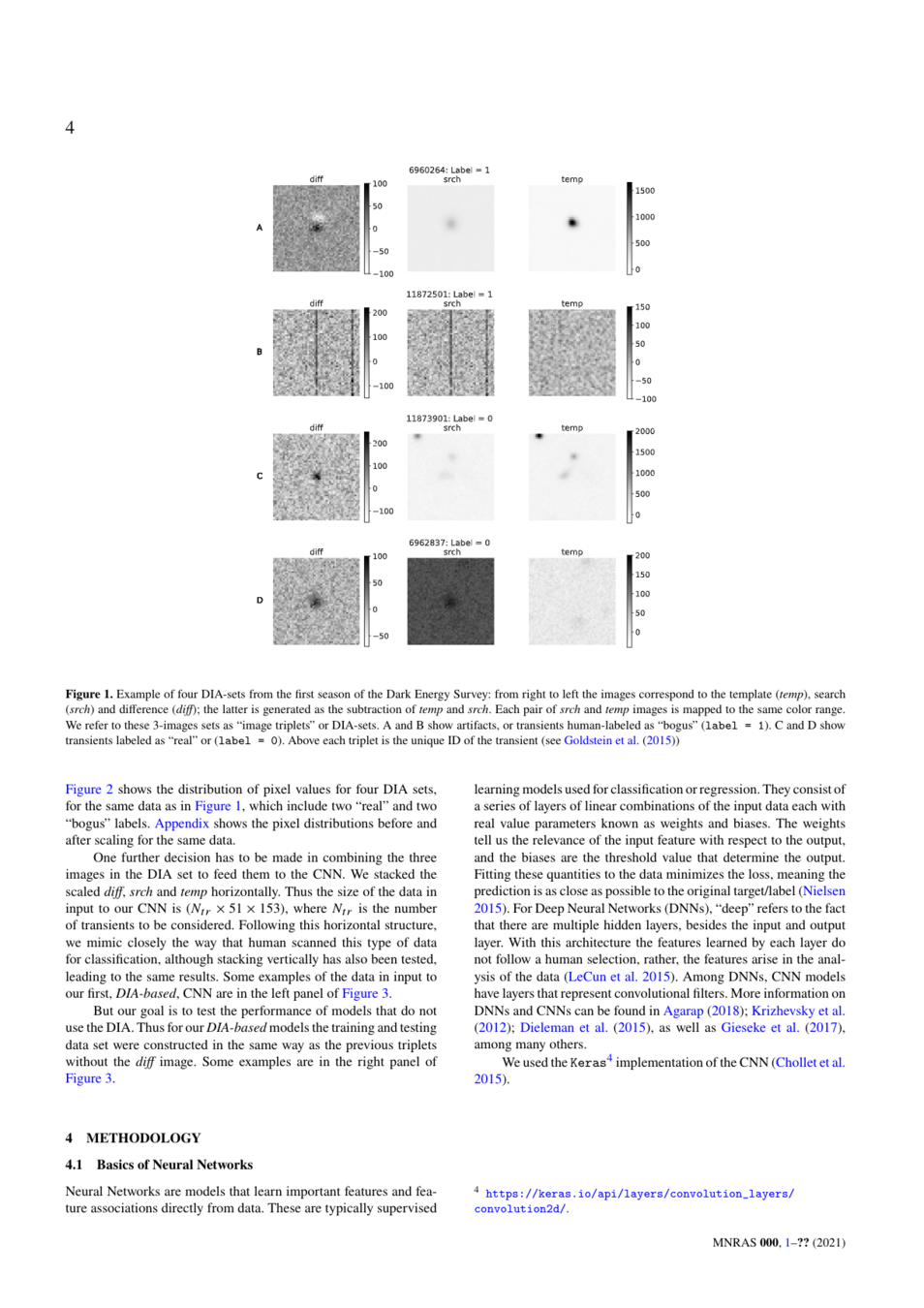

search
template
Acero-Cuellar et al. DESC submitted
Improving the efficiency of transient detections with Neural Networks: can we avoid template subtraction altogether?




search
template
difference
-
=
Acero-Cuellar et al. DESC submitted
Improving the efficiency of transient detections with Neural Networks: can we avoid template subtraction altogether?
search
template
difference
-
=


PIXEL BRIGHTNESS


Acero-Cuellar et al. DESC submitted
Improving the efficiency of transient detections with Neural Networks: can we avoid template subtraction altogether?



search
template
difference
-
=
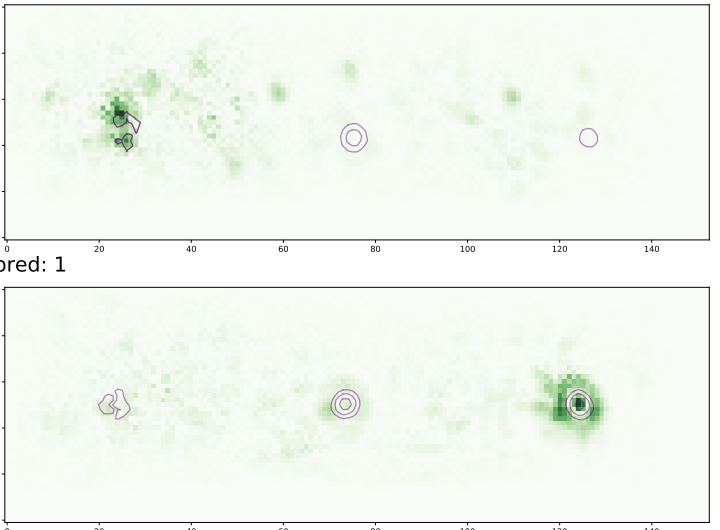
Saliency maps: what pixels matter?
search
template
difference
95% accurate

Acero-Cuellar et al. DESC submitted
Improving the efficiency of transient detections with Neural Networks: can we avoid template subtraction altogether?



search
template
difference
-
=
95% accurate


Acero-Cuellar et al. DESC submitted
Improving the efficiency of transient detections with Neural Networks: can we avoid template subtraction altogether?


search
template
difference
-
=
95% accurate



Acero-Cuellar et al. DESC submitted
Saliency maps: what pixels matter?
Acero-Cuellar et al. DESC submitted
original paper : Karen Simonyan, Andrea Vedaldi, Andrew Zisserman 2013

· T. Nathan Mundhenk, Barry Y. Chen, Gerald Friedland 2019 ·
Saliency maps: what pixels matter?

Acero-Cuellar et al. DESC submitted


search
template
difference
Saliency maps: what pixels matter?



search
template
difference

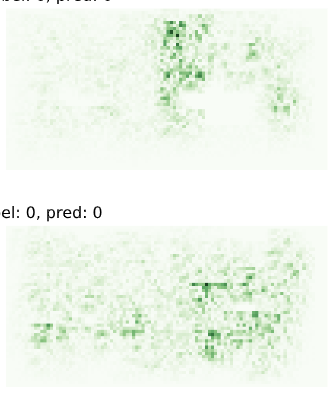
template
search
Acero-Cuellar et al. DESC submitted
Saliency maps: what pixels matter?

search
difference

template
search
Acero-Cuellar et al. DESC submitted



Stars that flare
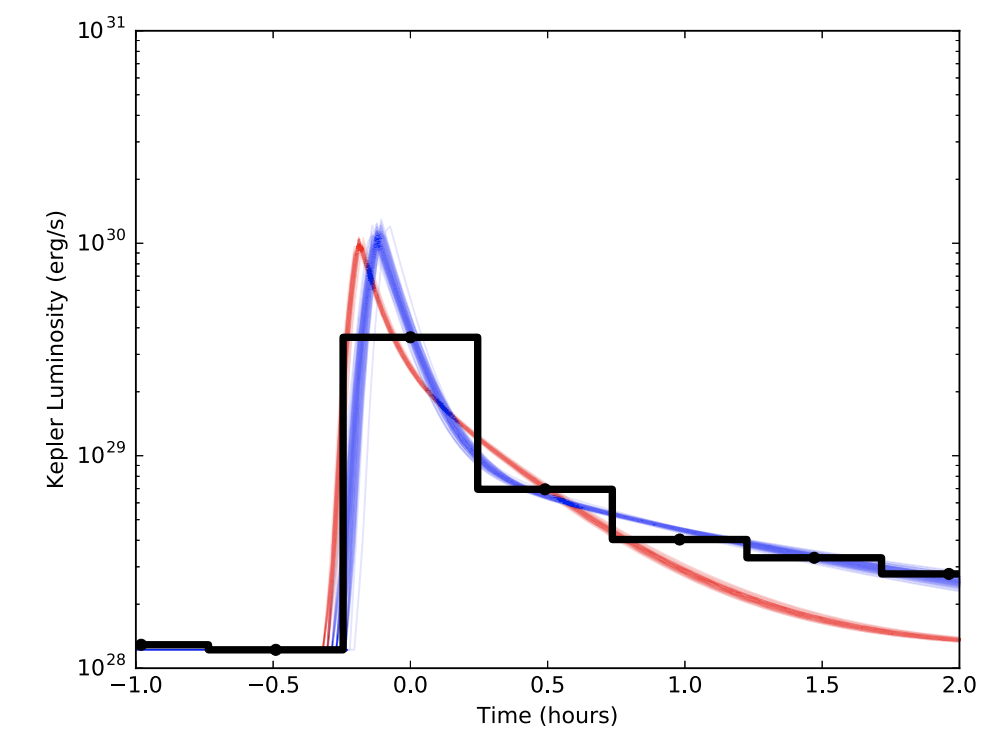
Clarke, Davenport, Gizis, Bianco, in prep
What can we learn from 1 data point?
Because LSST will have exquisite image quality we may be able to measure color from atmospheric diffraction

Magnitude -> Flare energy
Star displacement -> color -> flare temperature
Light Echoes


Light Echoes



η-Carinae light echoes
Rest et al. (w Bianco) 2012Natur.482..375R
Light Echoes

η-Carinae light echoes

Frew 2004, Smith & Frew 2011
Light Echoes

η-Carinae light echoes

Light Echoes
η-Carinae light echoes
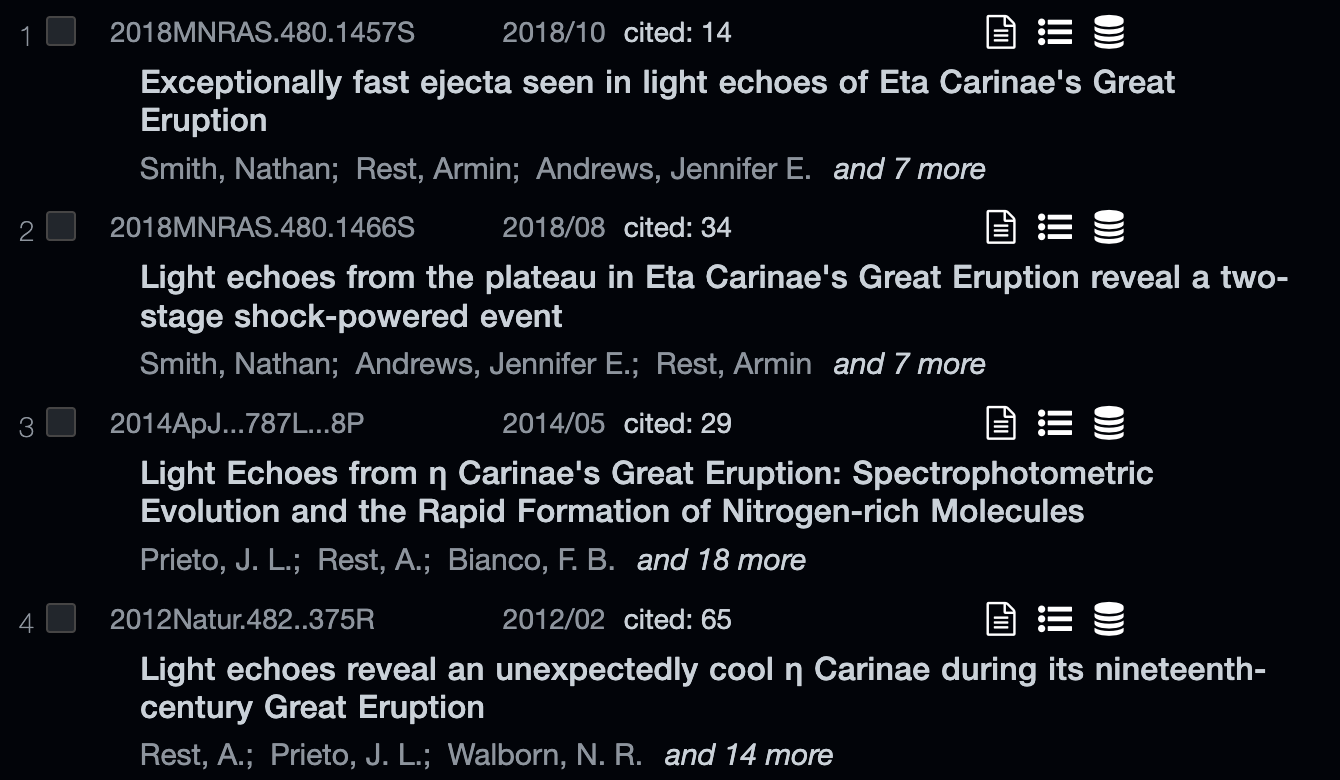
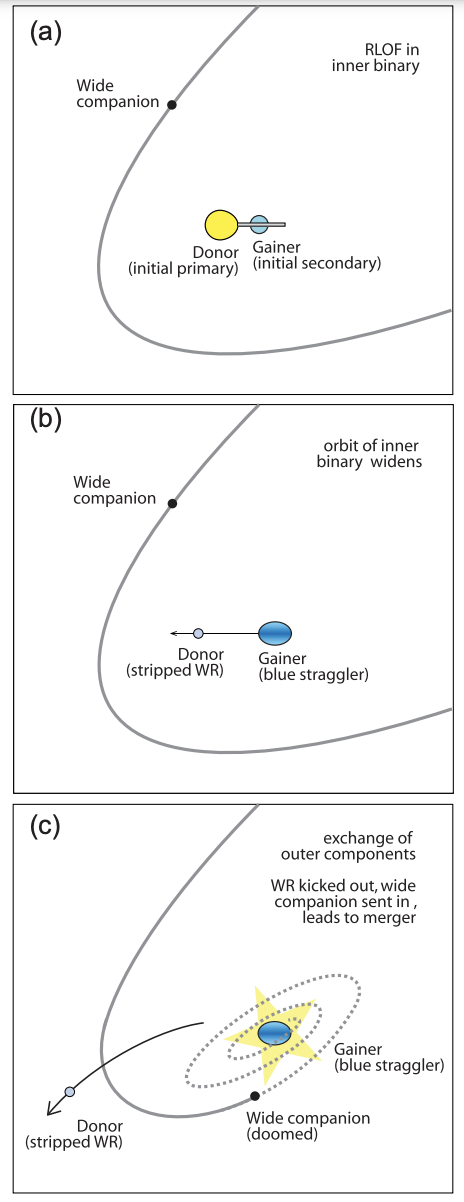
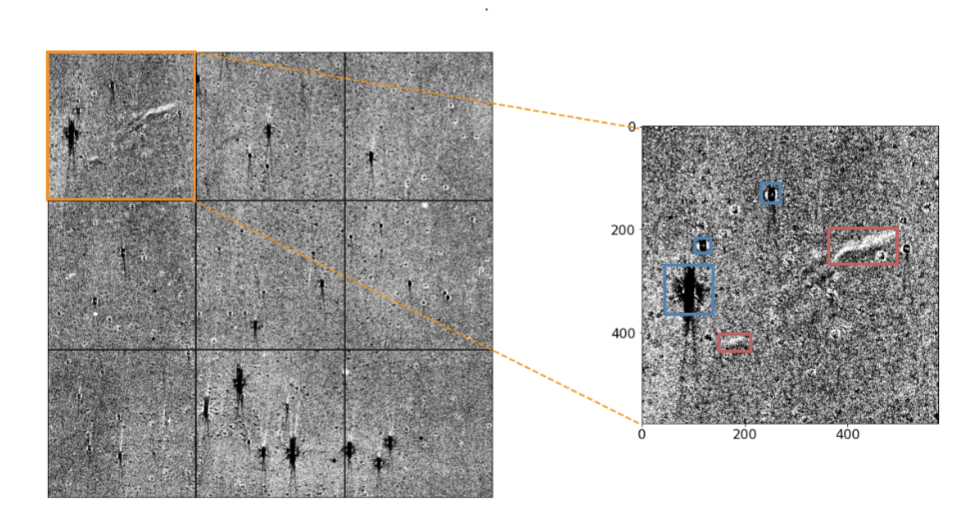
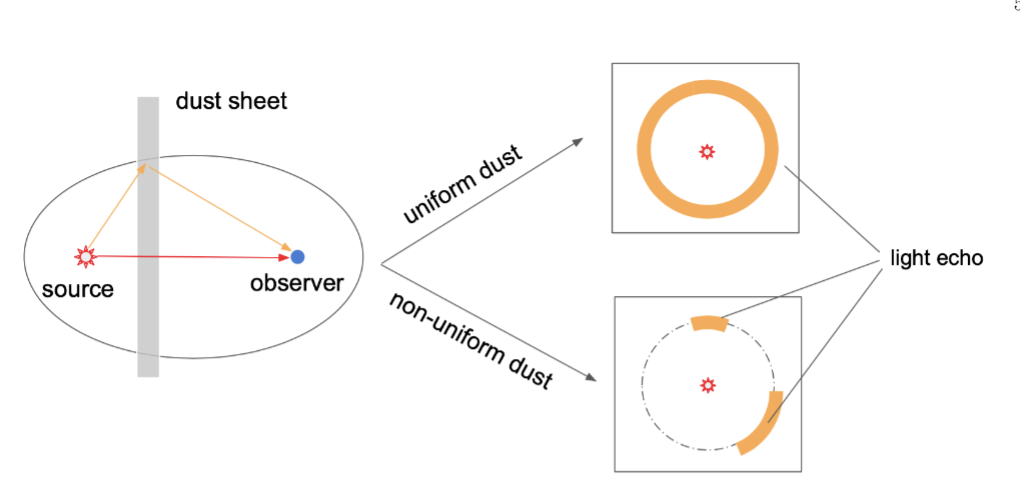
Li et al. submitted
AILE: the first AI-based platform for the detection and study of Light Echoes
NSF Award #2108841
Detecting and studying light echoes in the era of Rubin and Artificial Intelligence
P.I. Bianco
Pessimal AI problem:
- small training data
- inaccurate labels
- imbalance classes
- diverse morphology
- low SNR

AILE: the first AI-based platform for the detection and study of Light Echoes
YOLO3 + "attention" mechanism
precision 80% at 70% recall with a training set of 19 light echo examples!
NSF Award #2108841
Detecting and studying light echoes in the era of Rubin and Artificial Intelligence
P.I. Bianco
Li et al. submitted



Multi-city Urban Observatory Network

Studying cities as complex systems through imaging data
Multi-city Urban Observatory Network
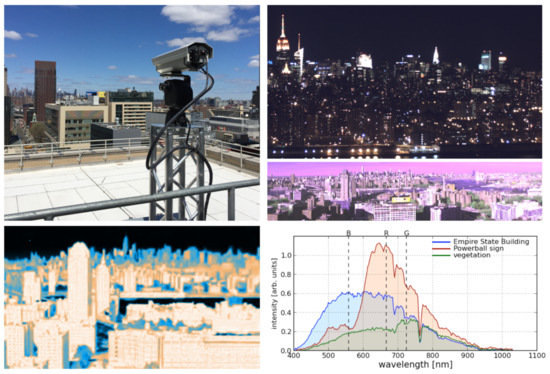

Studying cities as complex systems through imaging data
- energy demand and consumption
- ecology of flora and fauna
- urban metabolism
- circadiem rhythms
Multi-city Urban Observatory Network



From Light Echoes to Polluting Plumes
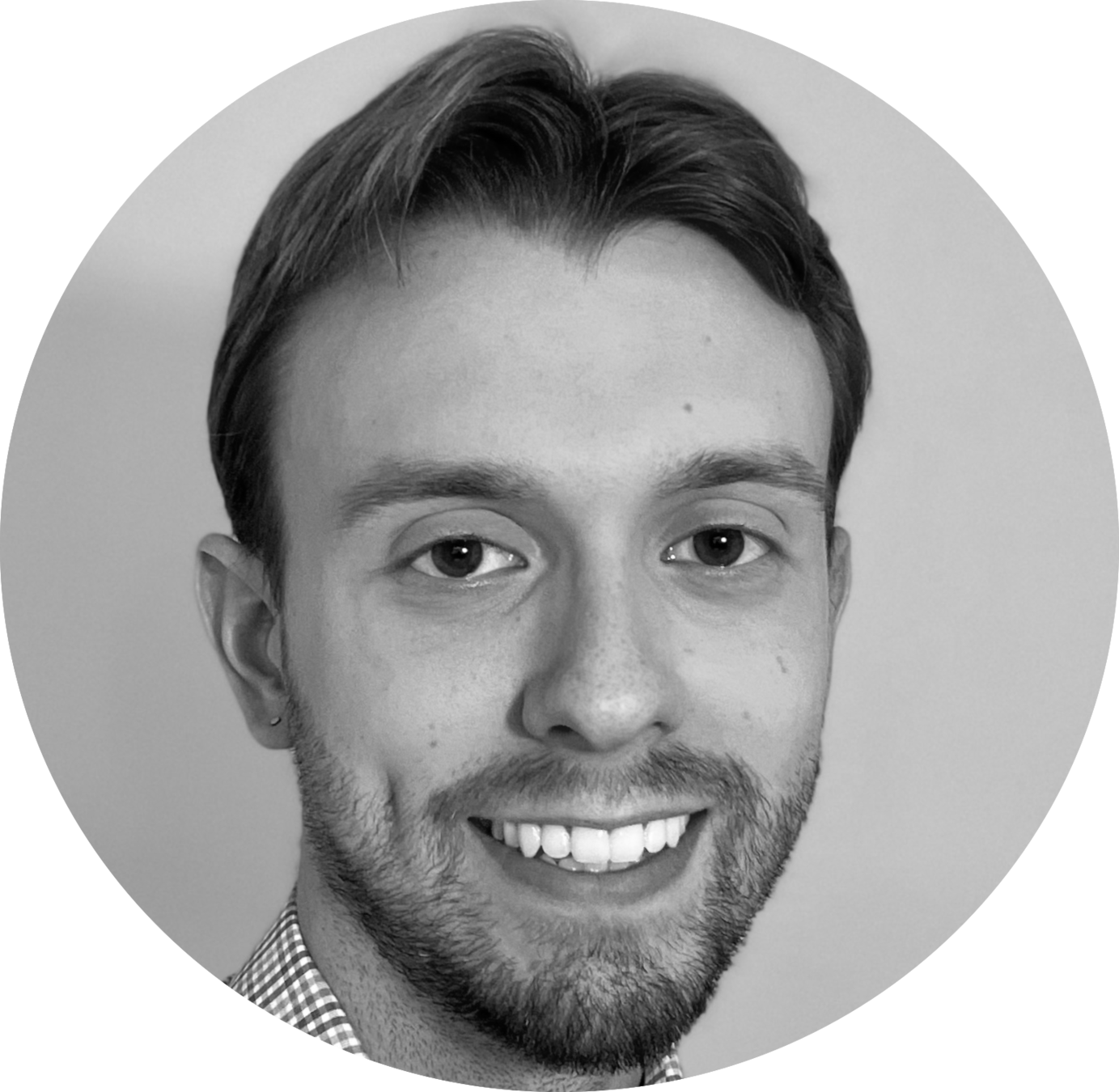
Ian Heffner, UD MSDS
improved image
subtraction through PCA
Pessimal AI problem:
- small training data
- inaccurate labels
- imbalance classes
- diverse morphology
- low SNR
- complex BG
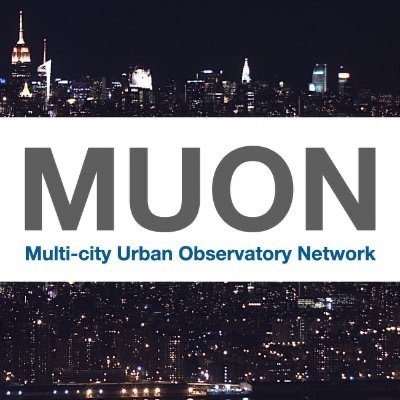


From Light Echoes to Polluting Plumes
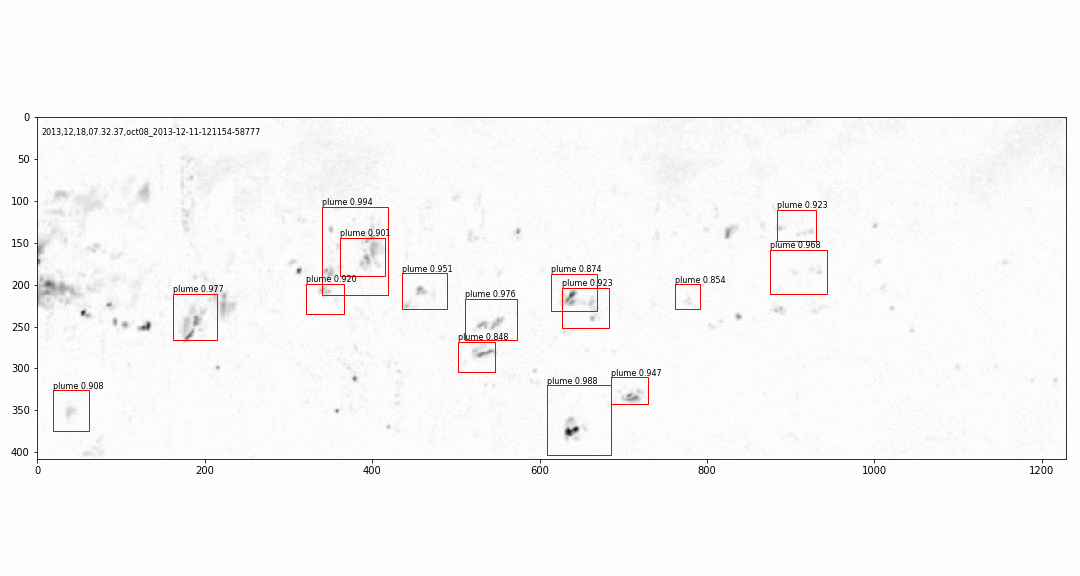

Ian Heffner, UD MSDS
improved image
subtraction through PCA
Pessimal AI problem:
- small training data
- inaccurate labels
- imbalance classes
- diverse morphology
- low SNR
- complex BG

Plumes and heat in NIR


Plumes in hyperspectral imaging



Text
COVID-19 - an opportunity to be useful or an opportunistic exploitation of a serious problem?

1
Is there a need?
dont overestimate the resources that are available
"Christiana care is seeking someone with Python expertise..."
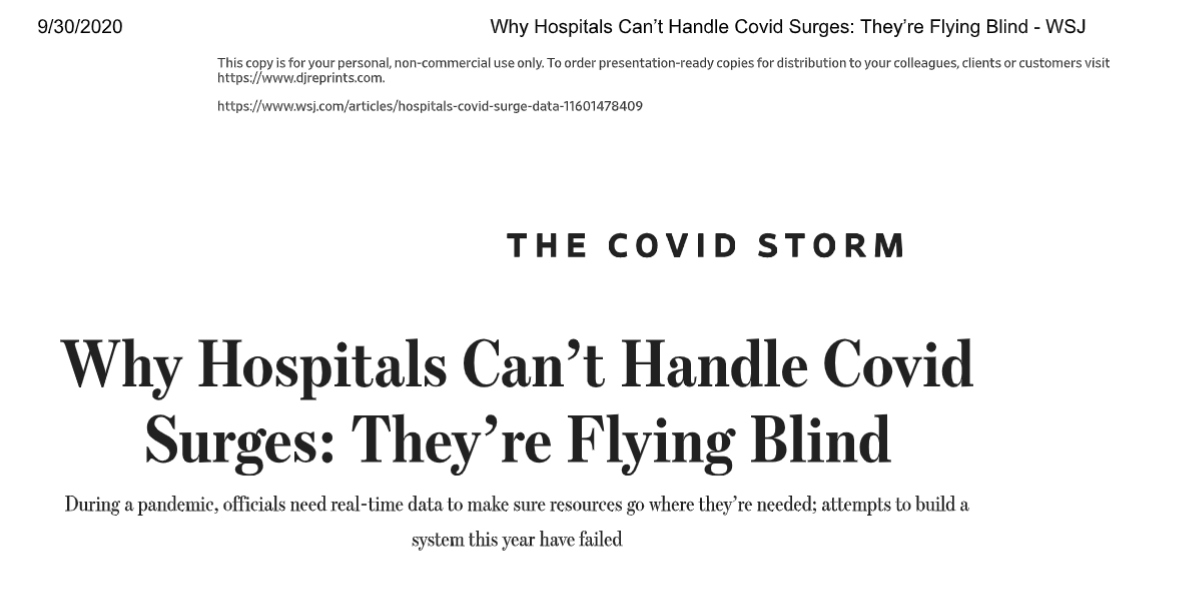
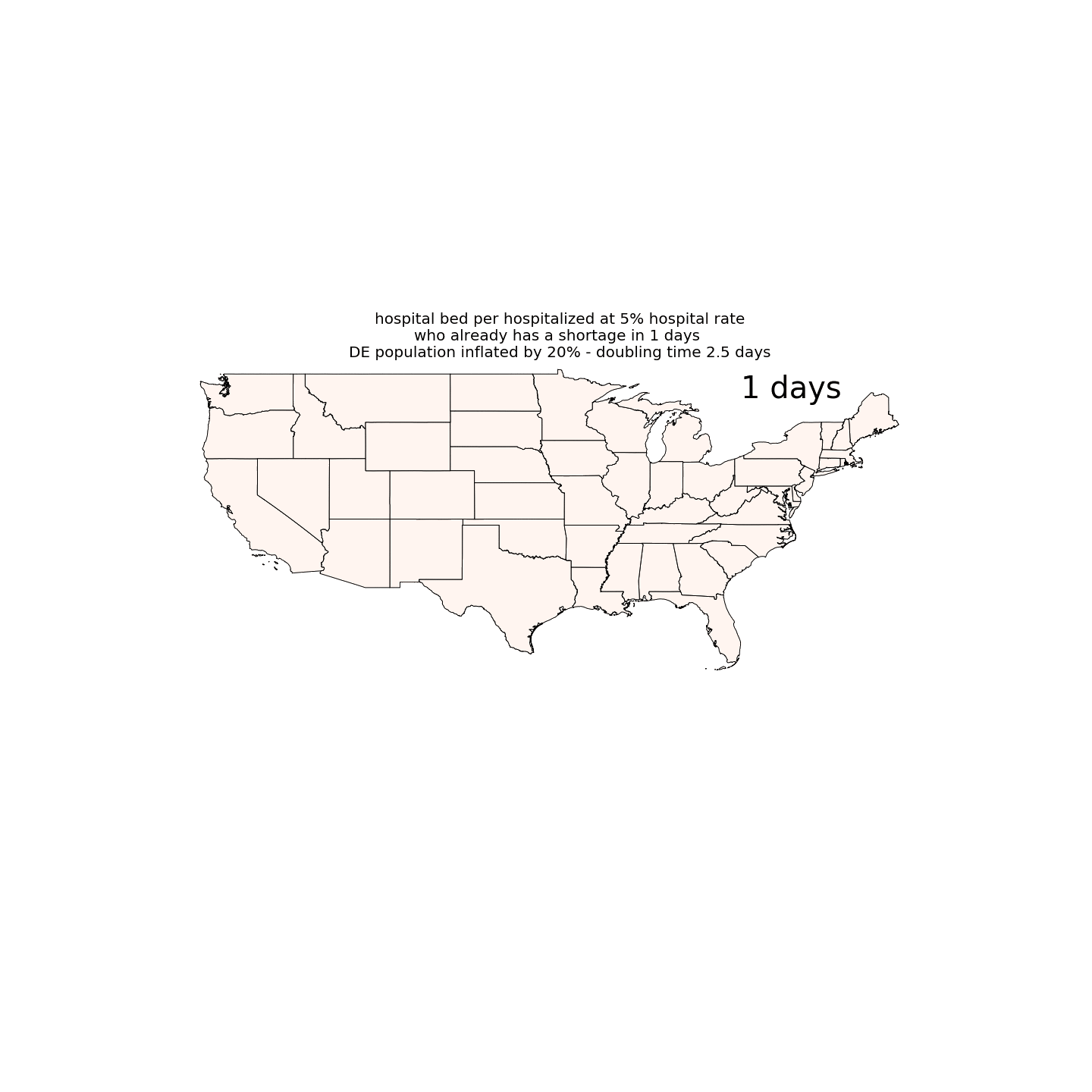
surge plans rely on mutual aid between States
1
Is there a need?
- Delaware is a small state (unlike Washington State, CA, NY)
- 5 hospitals only one has an epidemiological team... of 1
- There are limited computational resources in people and in hardware
"Christiana care is seeking someone with Python expertise..."

2
Can I fulfill that need?
- Is there a team of domain experts you can work with?
"Christiana care is seeking someone with Python expertise..."
"ChristianaCare is seeking someone with Python expertise..."
to work with the CC Value institute epidemiologist and software engineer


DE COORDINATION
EPIDEMIOLOGY
INTEGRATION W CC NEEDS AND RESOURCES
COVID-19 - through Eric Best we have the most accurate dataset on COVID of all of the USA



Eric Best works tirelessly to harvest and curate data from each DE hospital (and now potentially PA) and demographic data from DEMA
Dr. Eric Best, UD Biden School, now Ass. Professor at PennState









. what are the impacts of DE’s unique demographic distribution on hospitalization?
. how will policy changes affect disease progression and hospitalization?
. will there be a suppression of disease propagation in future summer months?
. how do we incorporate behavioral properties of the in- and out-of-state sub-populations?
. what level of resurgence might we expect to see if social distancing is relaxed (e.g. UD repoen)?
. if re-infection is a possibility, what is the efficacy of vaccines?
. new virus variants?
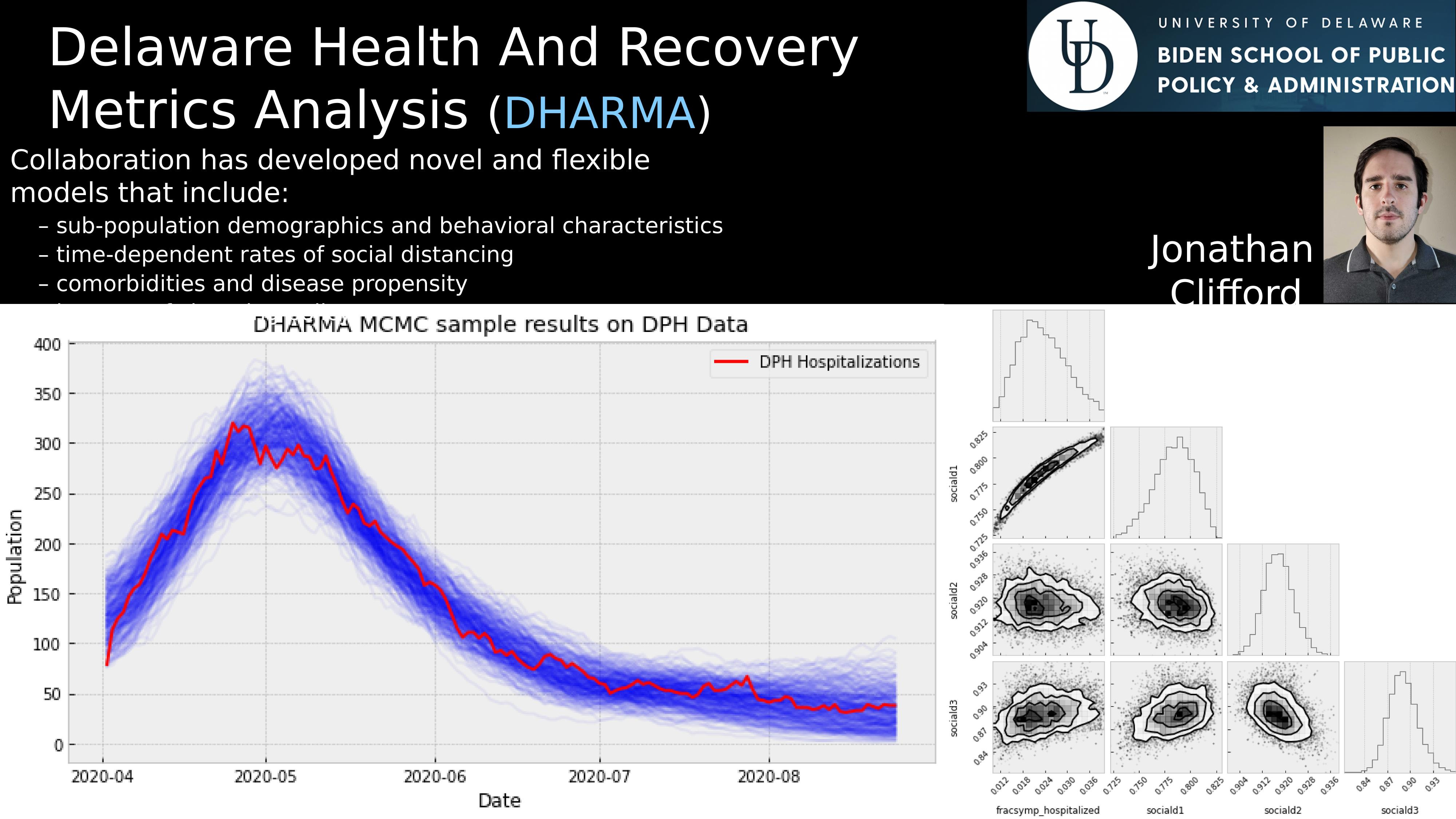




DE Schools closing
murder of
George Floyd
US election campaign
Vaccines
Delta Variant,
pessimistic prediction
MSDS 2020
Jonathan Clifford


Farid Qmar
Engineering &
Public Policy PhD
NIH The Effects of Subpopulations and Policy Change on COVID19 Hospital Demand Models P.I Dobler, CoP.I. Bianco
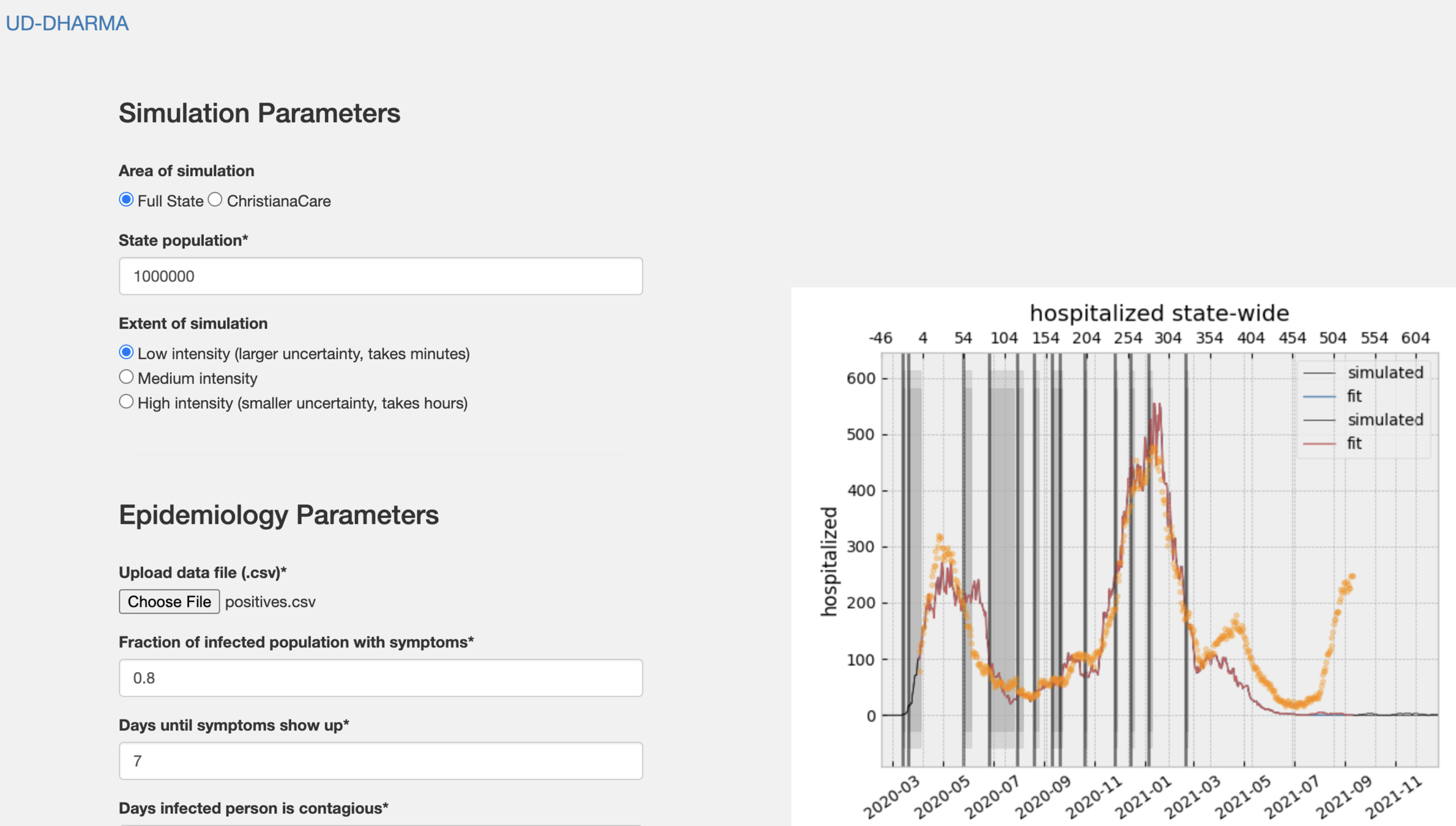
dashboard now being used by other states


e-DHARMA: a DHARMA emulator

Manjula Ibrahim
MSDS Thesis 2021
NIH The Effects of Subpopulations and Policy Change on COVID19 Hospital Demand Models P.I Dobler, CoP.I. Bianco

Replacing MCMC with a Neural Network to speed up the predictions
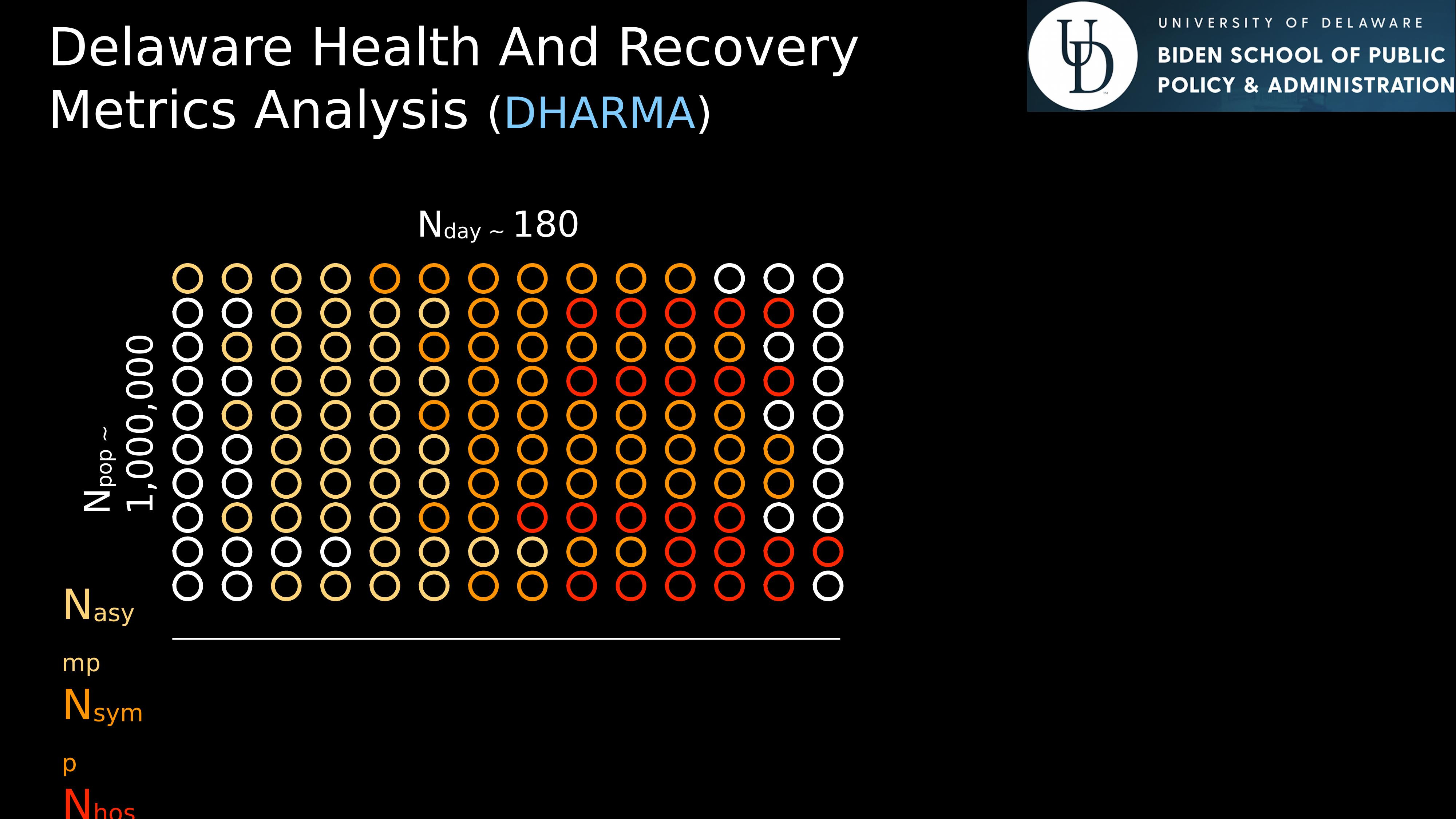

This framework allows for substantial flexibility to include effects such as:
· time-dependent social distancing
· mask mandate compliance
· person-to-person contact rates
· age, gender, race, and ethnicity
· individual susceptibilities
· comorbidities
· probabilistic hospital length of stay
· asymptomatic subpopulations
· vaccine availability and use
· closing and reopening
· hospital discharge and intake operations

"It has been invaluable to have predictions for the next week instead of having to panic about the next shift"
DE Hospital Director
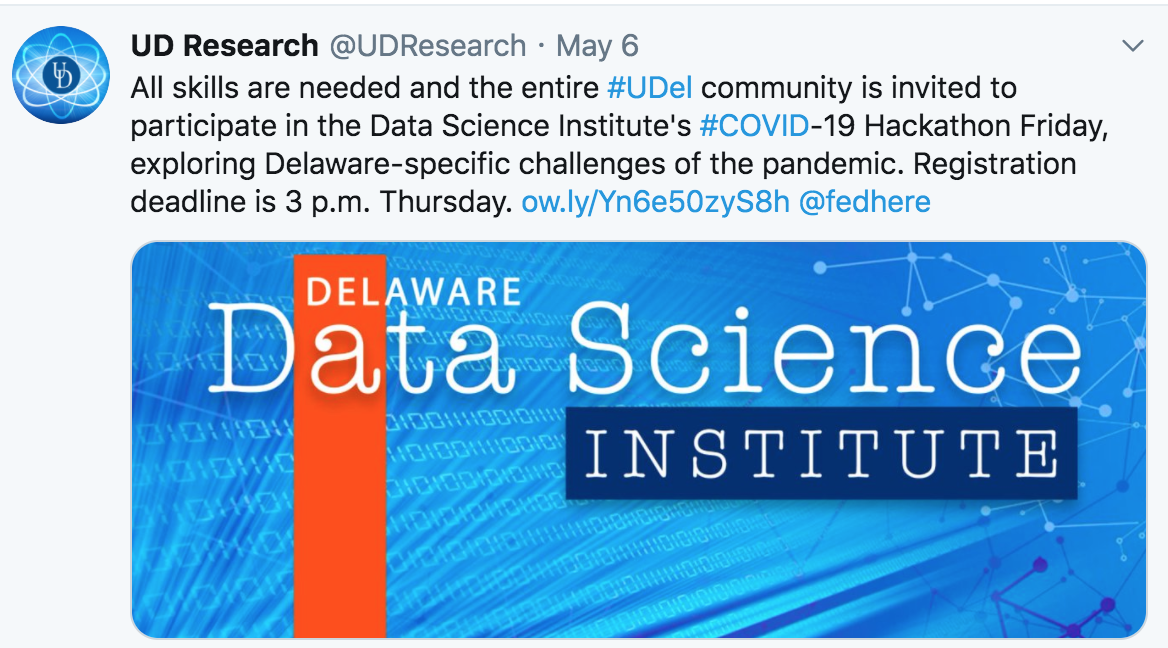
A UD COVID-19 hackathon
Health Care and Recovery
Jinny Sawyer-Morris's thesis
in Human Development and Family Science

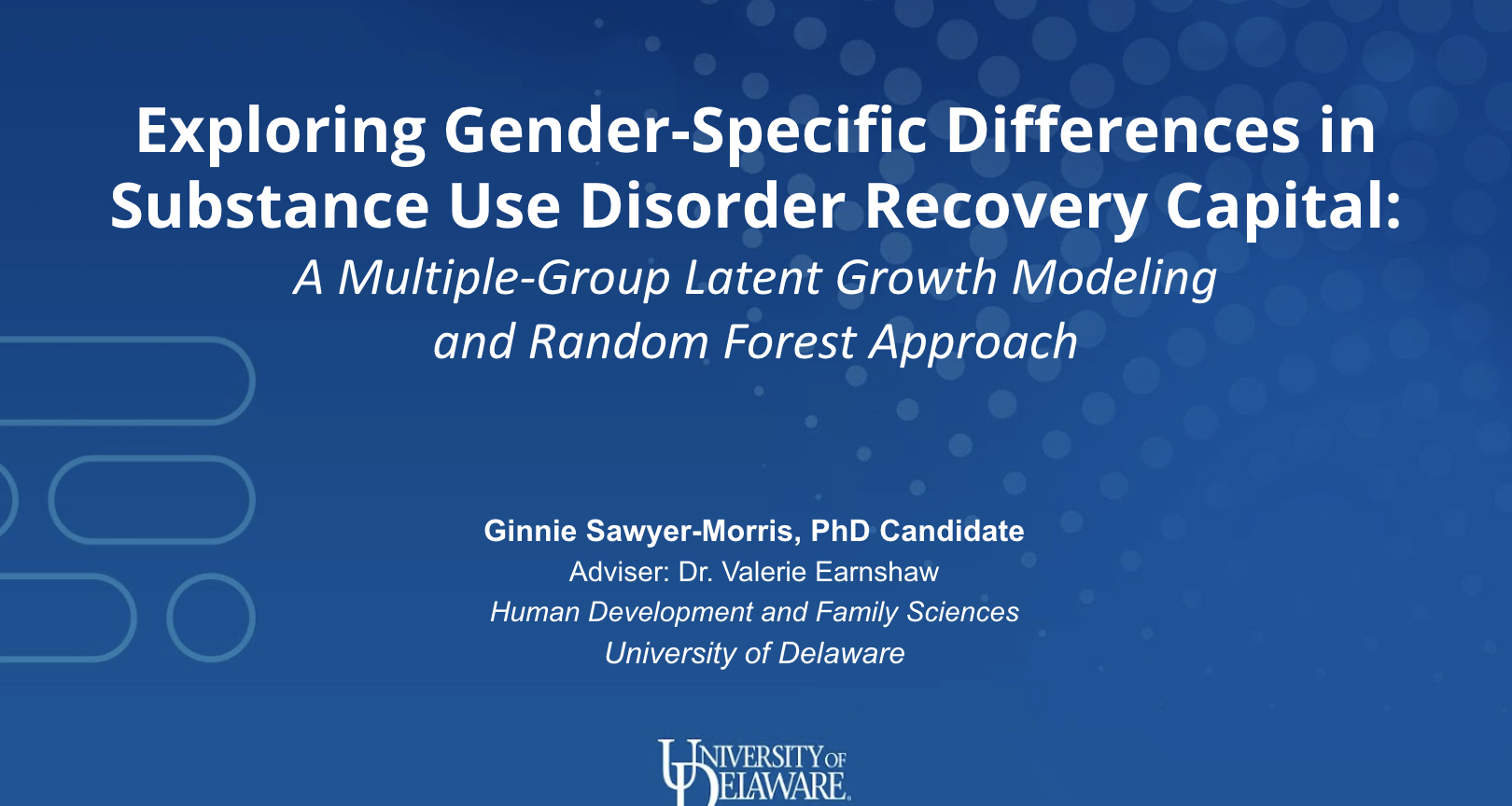
longitudinal surveys of 120 individuals;
61% women
8 sober living homes
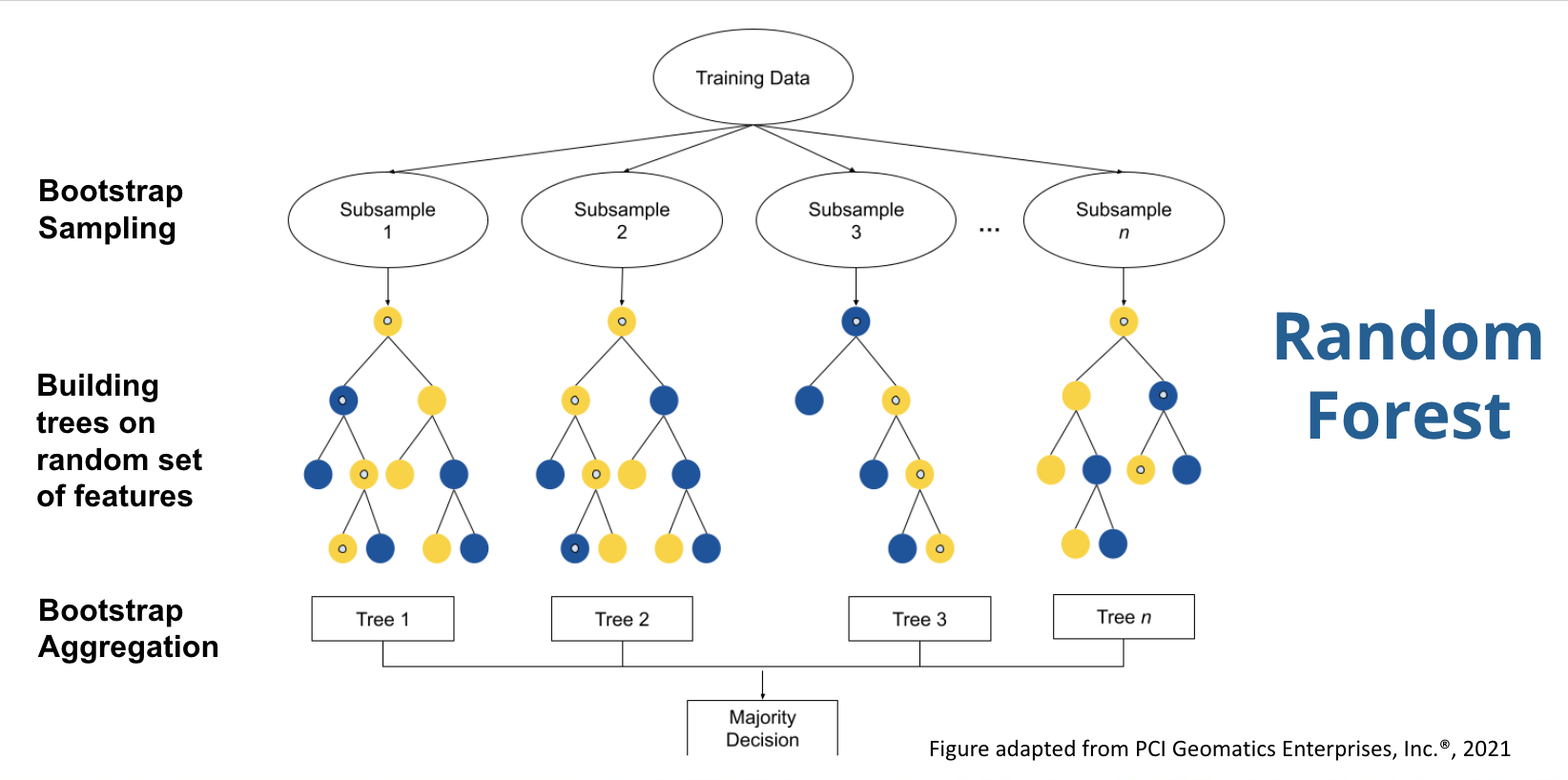
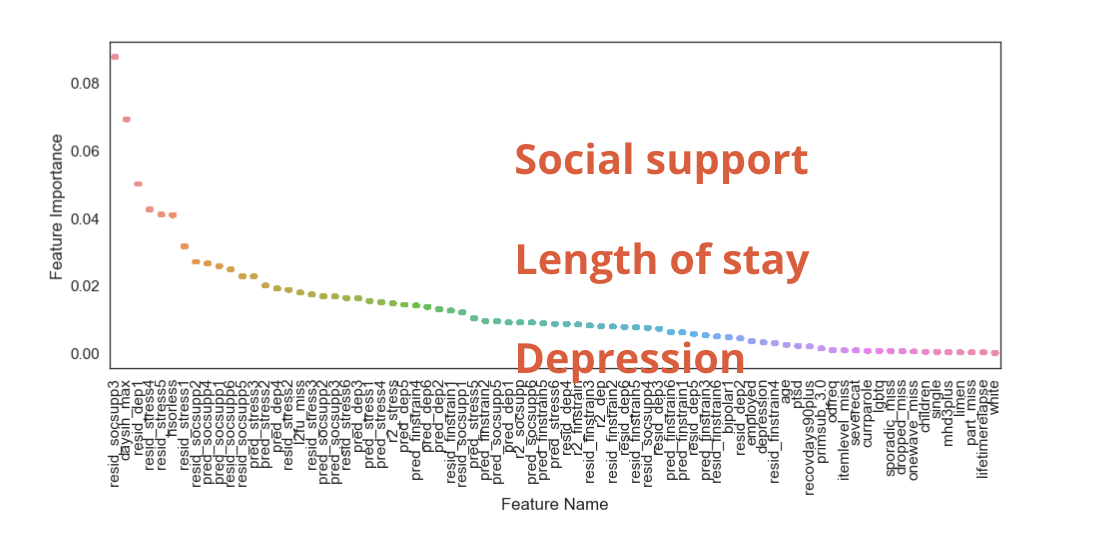
Exploring Gender-Specific Differences in Substance Use Disorder Recovery Capital:
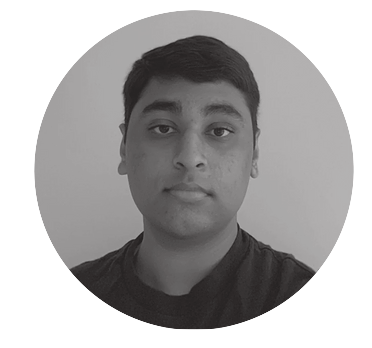
Research Inclusion: sonification of LSST lightcurves
Riley Clarke, UD grad student Sid Patel, UD undergrad summer research project
Sonification: Data → Sound
New way of understanding data
- Can be complementary to visualizations
Gives access to people who cannot
interpret data visuallySounds cool! Good for public outreach




Research Inclusion: sonification of LSST lightcurves
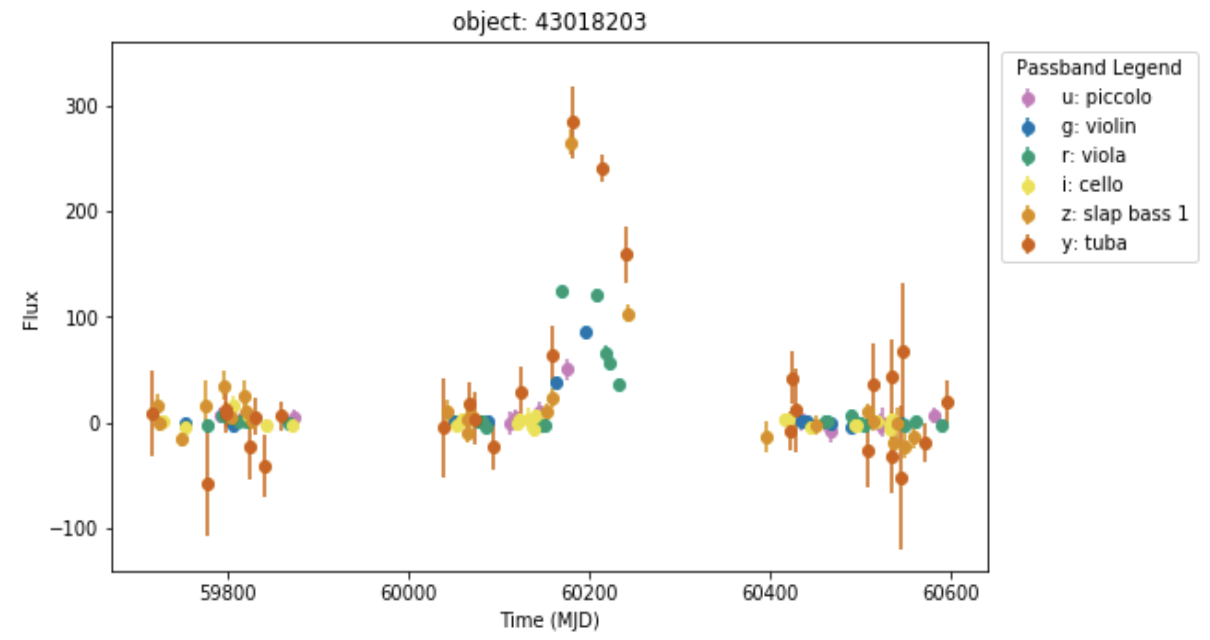

Presented at 2021 Rubin Project Community Workshop (300 ppl)
Started a new Rubin Working Group
Rubin Rhapsodies


thank you!
University of Delaware
Department of Physics and Astronomy
Biden School of Public Policy and Administration
Data Science Institute

@fedhere
federica bianco
fbianco@udel.edu

Rubin Observatory LSST
Rubin Observatory LSST

@fedhere
Rubin LSST will deliver 10M alerts each night about anything that changed in the southern hemisphere sky: supernovae, merging stars, transiting planets, gravity bendind light and magnifying stars...
to anyone in the world by a set of selected "brokers" that will work with Rubin to accomplish this incredible goal!
the data belongs to the people!

federica bianco - fbianco@udel.edu
within 60 second of detection!
Rubin Observatory LSST
federica bianco - fbianco@udel.edu

@fedhere

The LSST Science Platform
Rubin Observatory LSST
Rubin and MMA
Rubin Observatory LSST
federica bianco - fbianco@udel.edu

@fedhere

LIGO/VIRGO area of localization ~100deg square
Ursa Minor contains 255.86 square degrees
S190425z 18% of the sky localization
Rubin Observatory LSST
federica bianco - fbianco@udel.edu

@fedhere
Rubin can find the electromagnetic counterpart of Gravitational Wave and Neutrino discoveries better than any survey!


LIGO/VIRGO area of localization ~100deg square
Ursa Minor contains 255.86 square degrees
Rubin FoV 10 deg
S190425z 18% of the sky localization
Rubin Observatory LSST
federica bianco - fbianco@udel.edu

@fedhere

AT 2017gfo
optical counterpart we have identified near NGC 4993 is associated with GW170817
https://iopscience.iop.org/article/10.3847/2041-8213/aa9059 M. Soares-Santos+2017
(but also Abbott+2017, Drout+2017...... )
Evidence that mergers of NS are significant sources of r-process elements heavier than iron, including gold and platinum, which was previously attributed exclusively to supernova explosions
Rubin Observatory LSST
federica bianco - fbianco@udel.edu

@fedhere
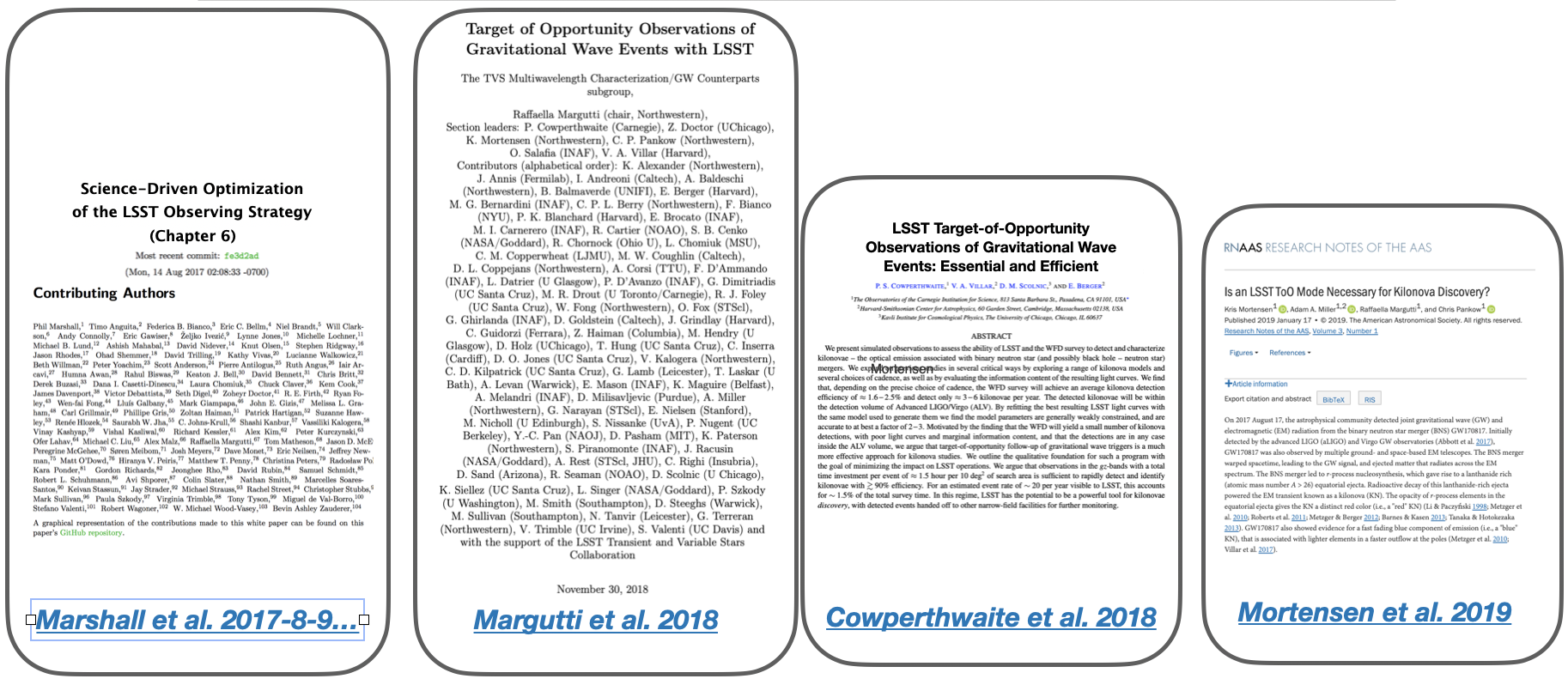
Rubin Observatory LSST
federica bianco - fbianco@udel.edu

@fedhere
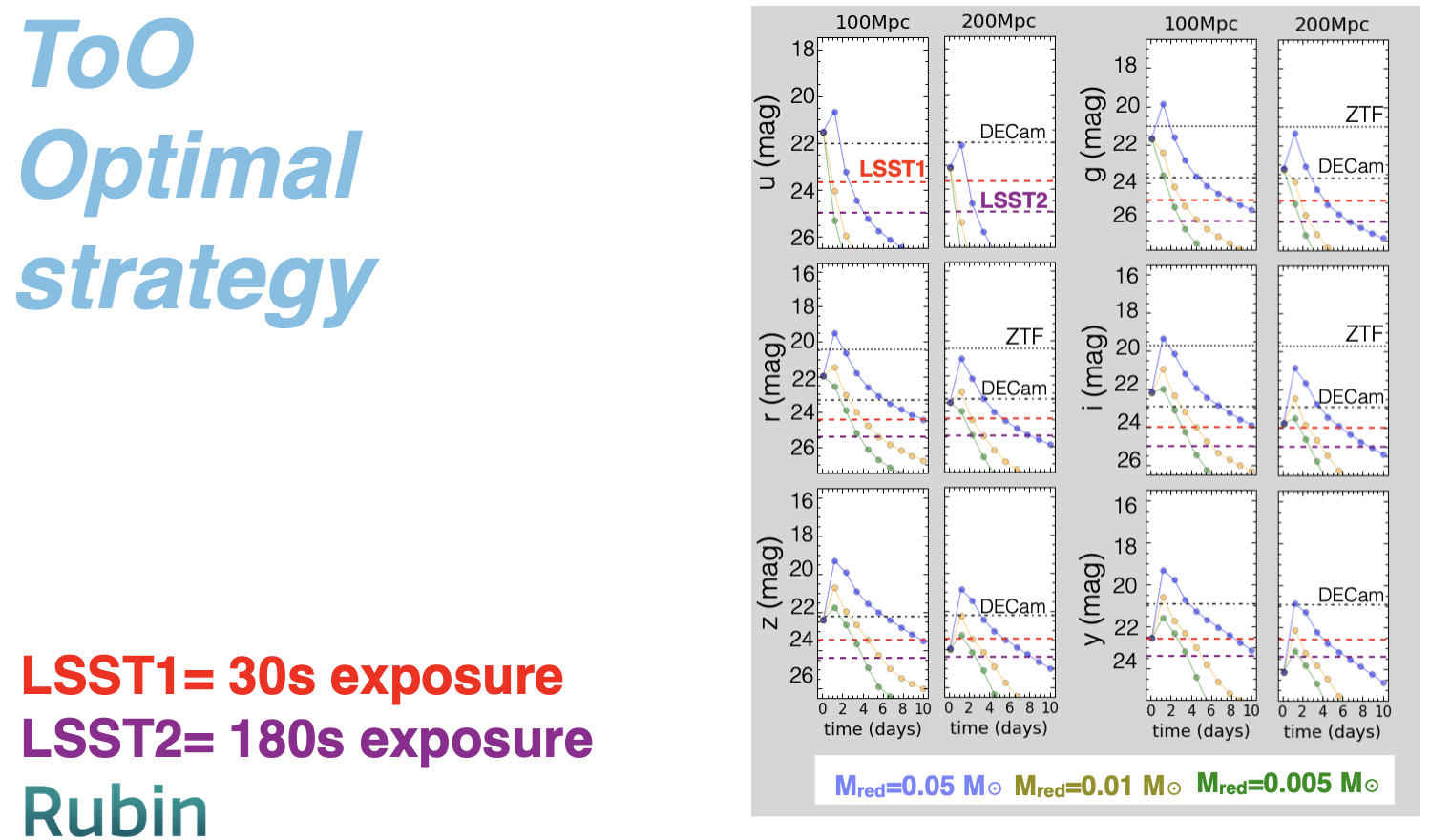
MARGUTTI+ 2018
Rubin Observatory LSST
federica bianco - fbianco@udel.edu

@fedhere
MARGUTTI+ 2018
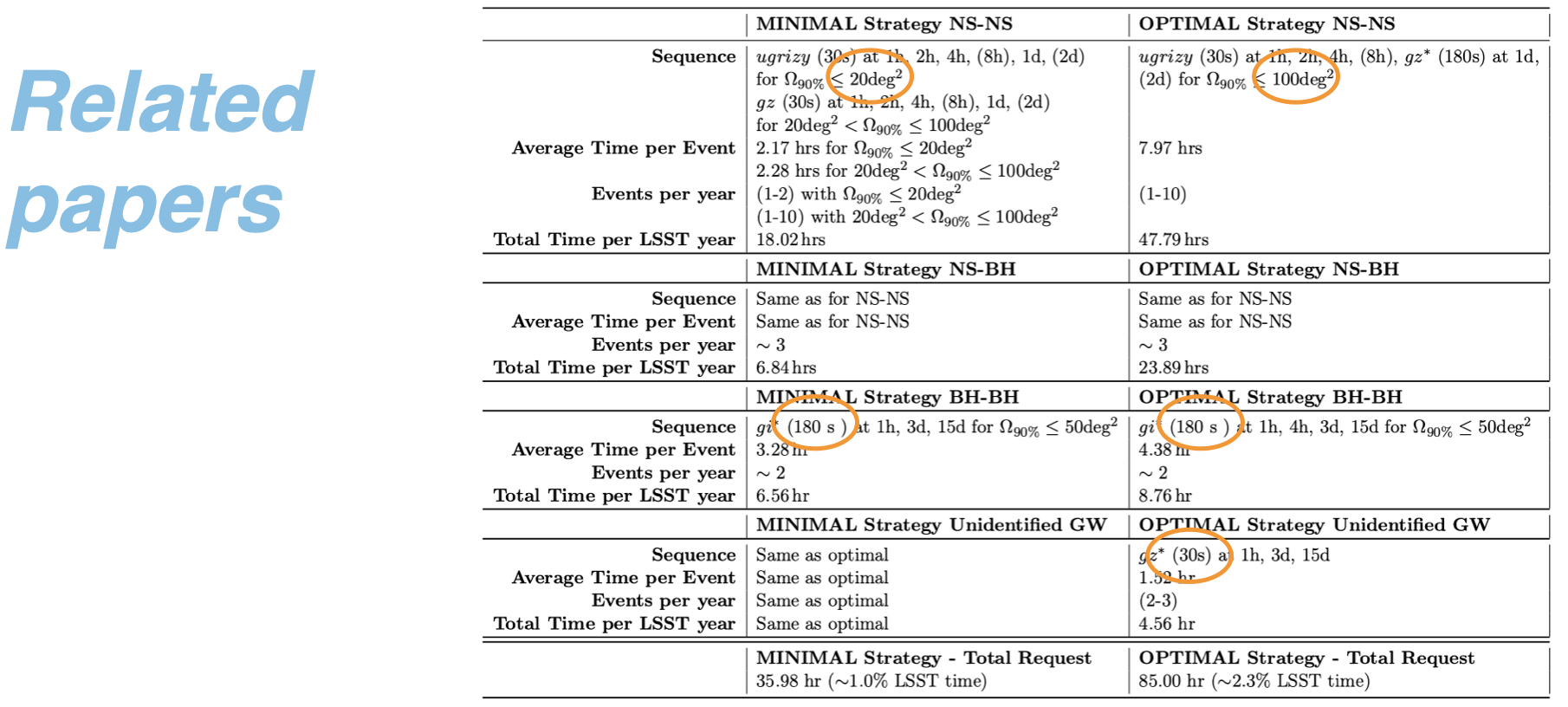
Rubin Observatory LSST
Rubin and LEOsats
Rubin Observatory LSST
MMA and LEOsats
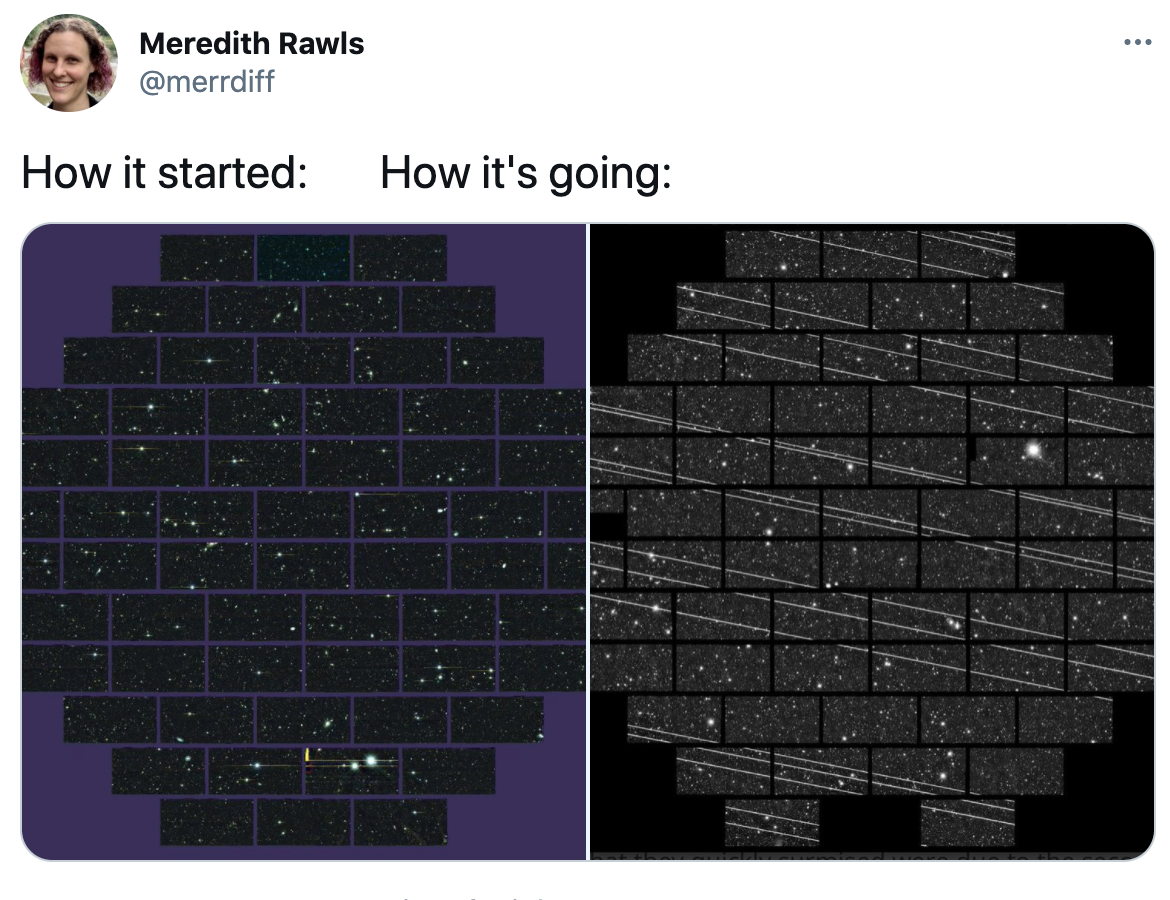

Iridium satellite number 35 lit up the predawn sky west of Boston at 5 a.m. EST on February 1, 1998, Sky & Telescope
Satellite flares
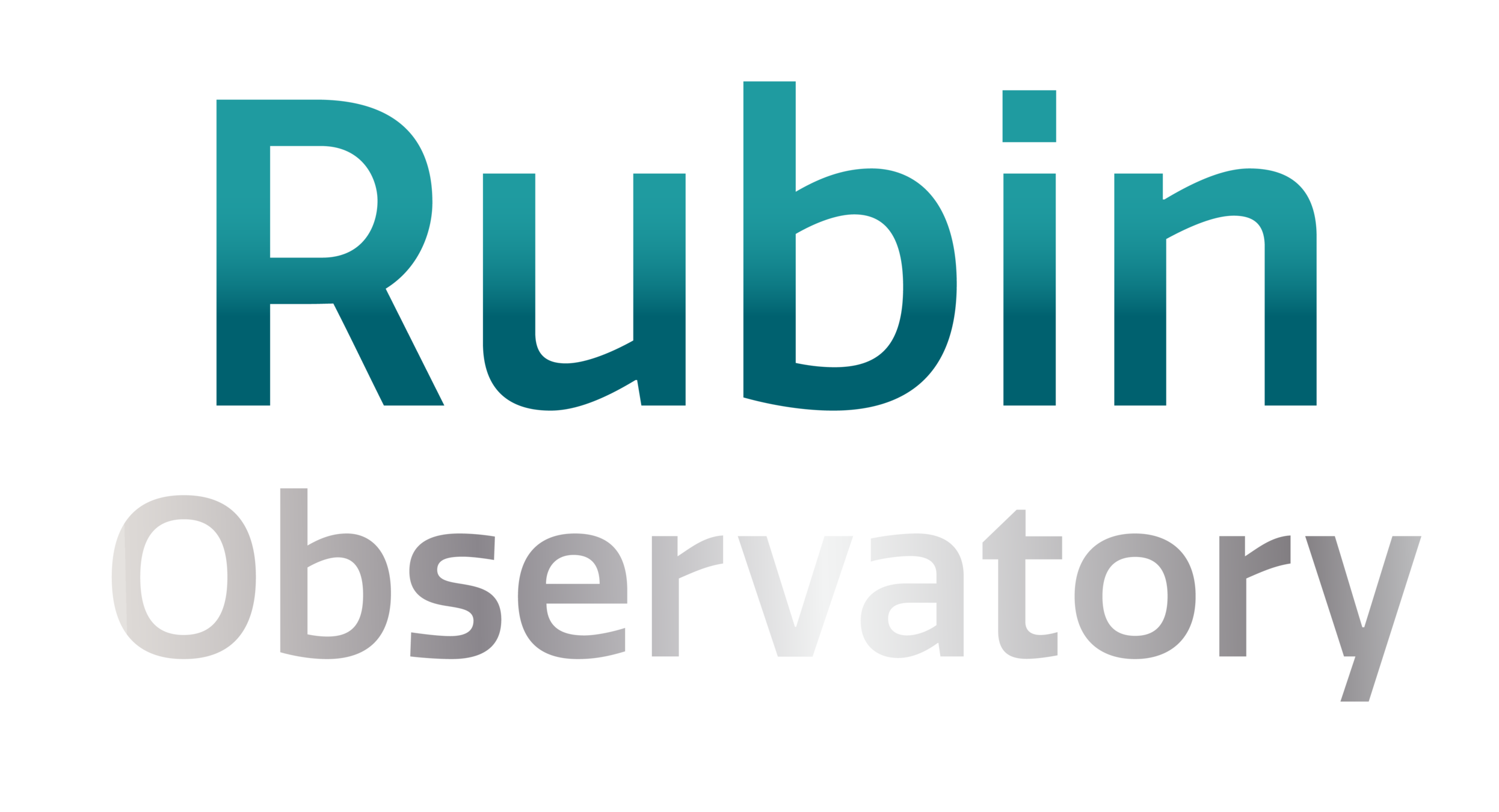



@fedhere
federica bianco fbianco@udel.edu
Time domain Rubin LSST science
can be mitigated:
- orientation of satellite,
- directing flares away from observer
- knowing coordinates to associate them to alerts
if not mitigate there would be bogus alerts and images ruined by saturating flares
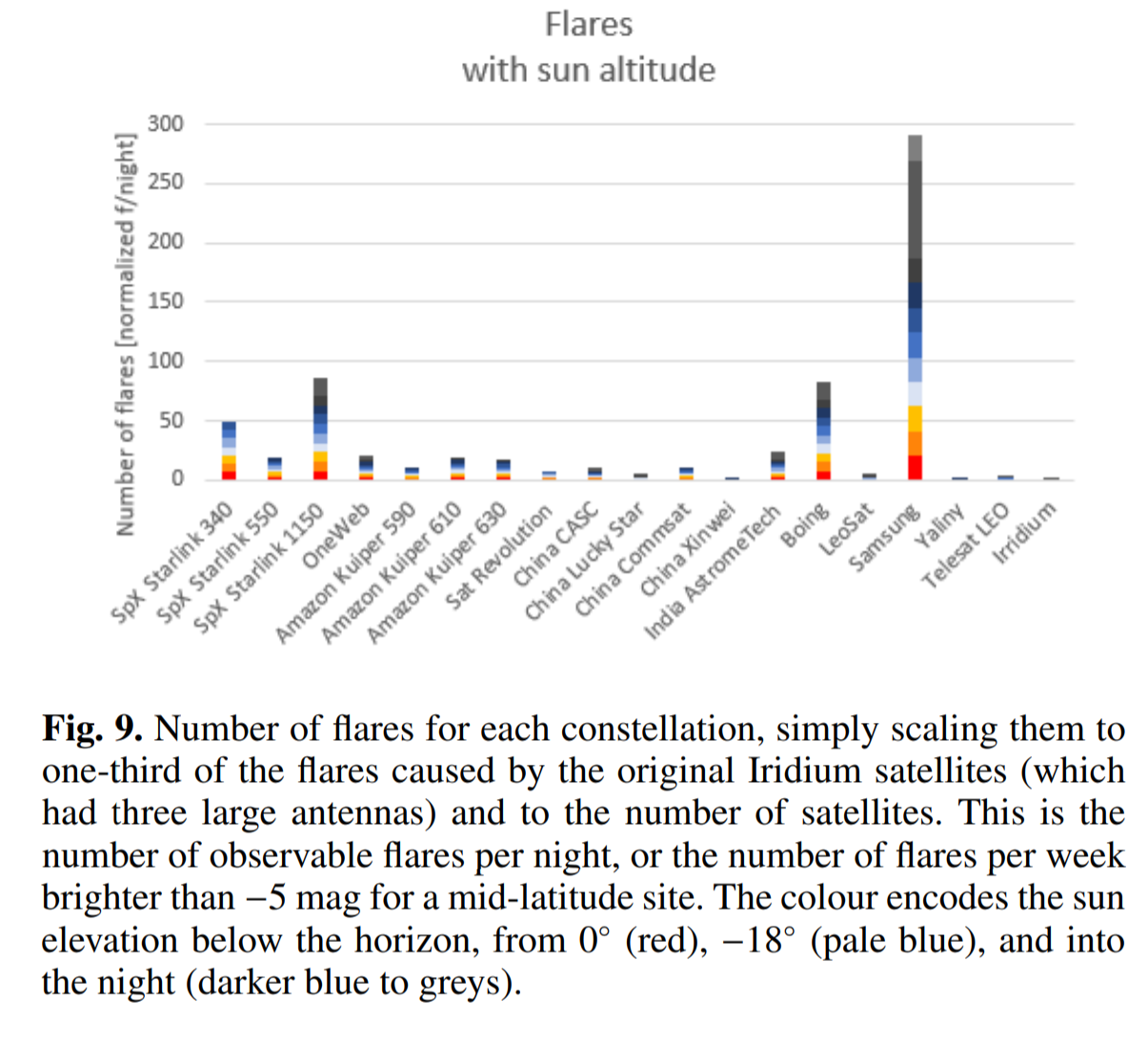
Science Collaborations



Science Collaborations


@fedhere
federica bianco fbianco@udel.edu
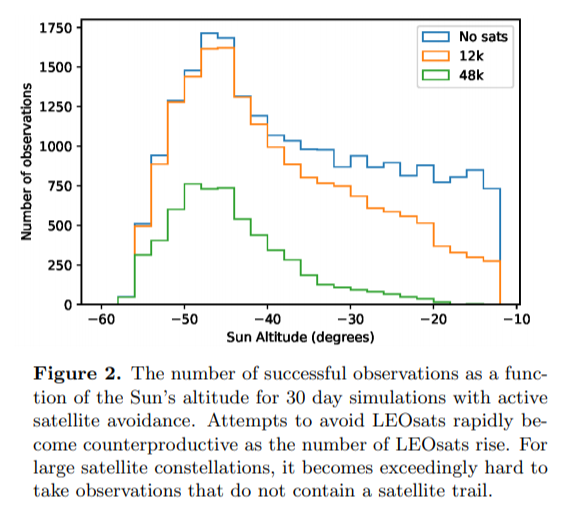
modification to planned schedule carry long lasting consequences on the program
ToO enabled for GW need to scan ~100 sq deg footprint upon trigger - will be compromised
Time domain : the LSST observing strategy
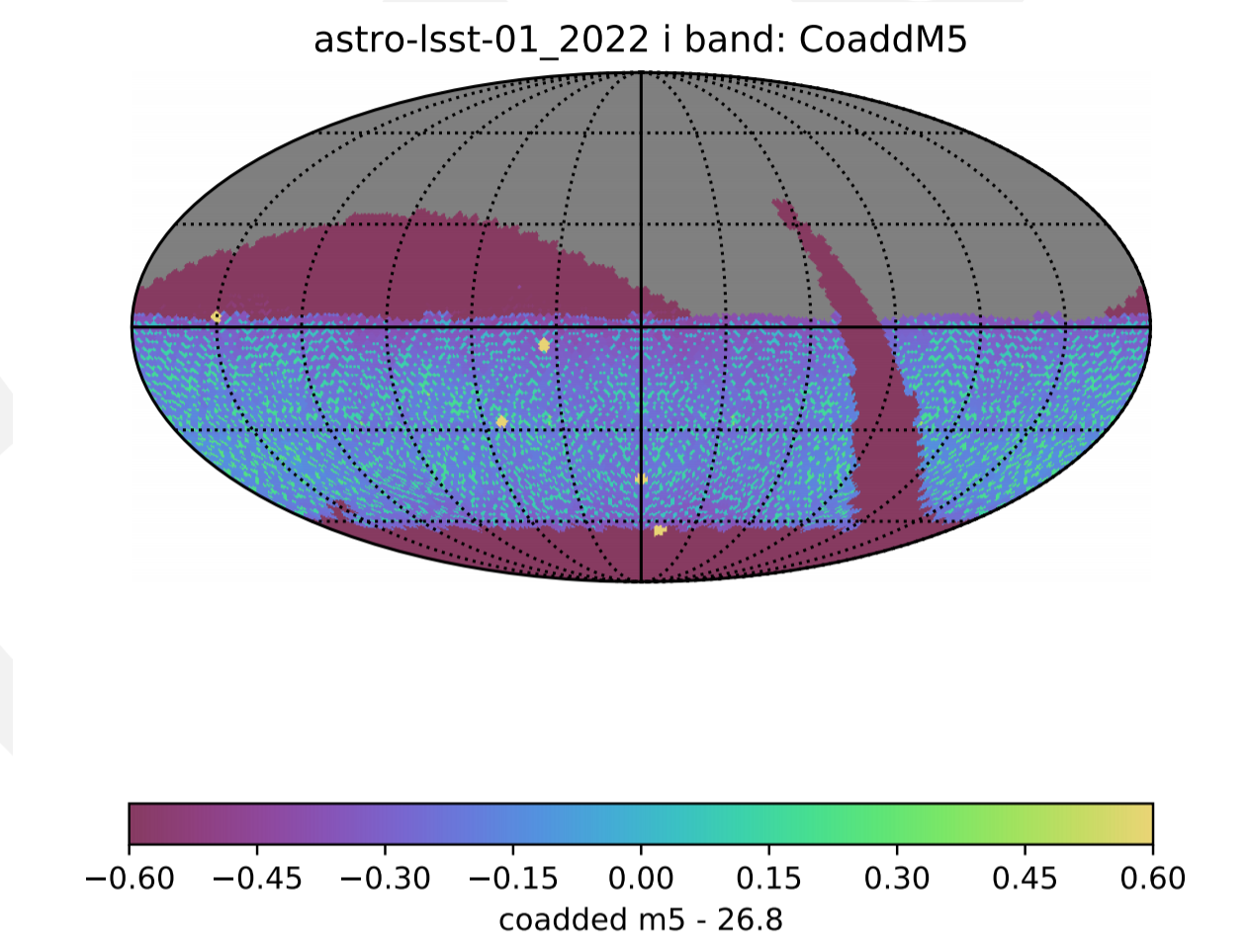



Science Collaborations


@fedhere
federica bianco fbianco@udel.edu
Static Sky: correlated noise and cross talk
Cosmology probes are systematic dominated
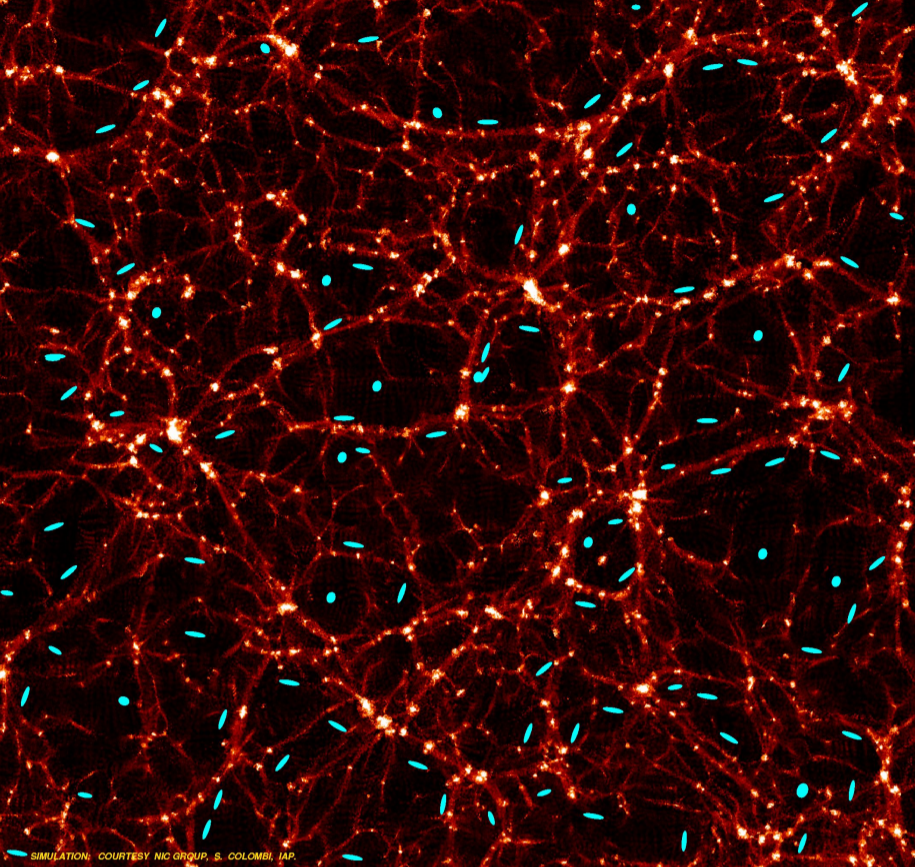
mitigation: simulation of the non-linear crosstalk to measure the effect on precision cosmology and effectiveness of removal algorithms
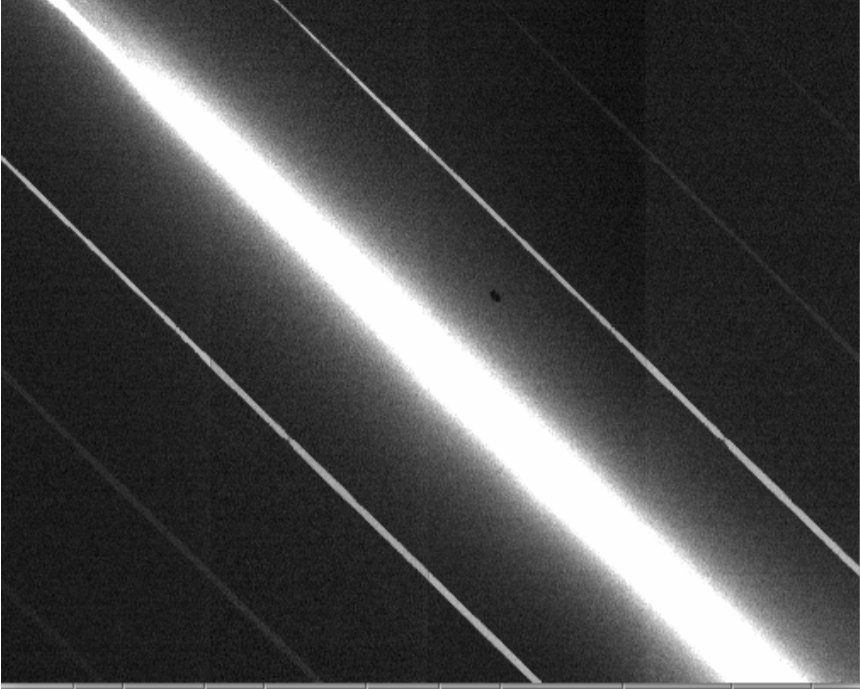
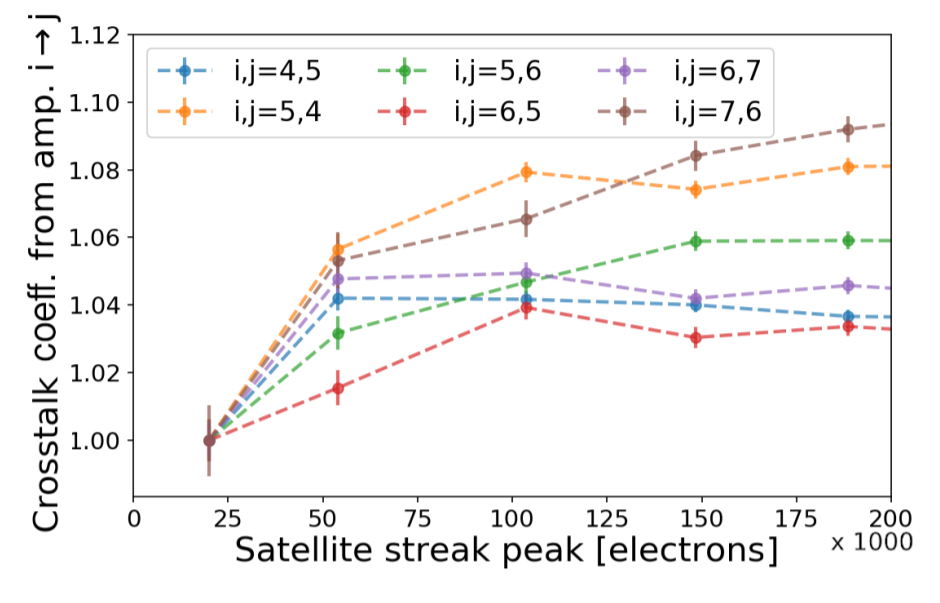
(image credit: Canada-France Hawaii Telescope)
Rubin Observatory LSST
Diversity Equity Inclusion
Rubin LSST Science Collaborations
We aspire to be an inclusive, equitable, and ultimately just group and we are working with renewed vigor in the wake of the recent event that exposed inequity and racism in our society to turning this aspiration into action.



Rubin LSST Science Collaborations
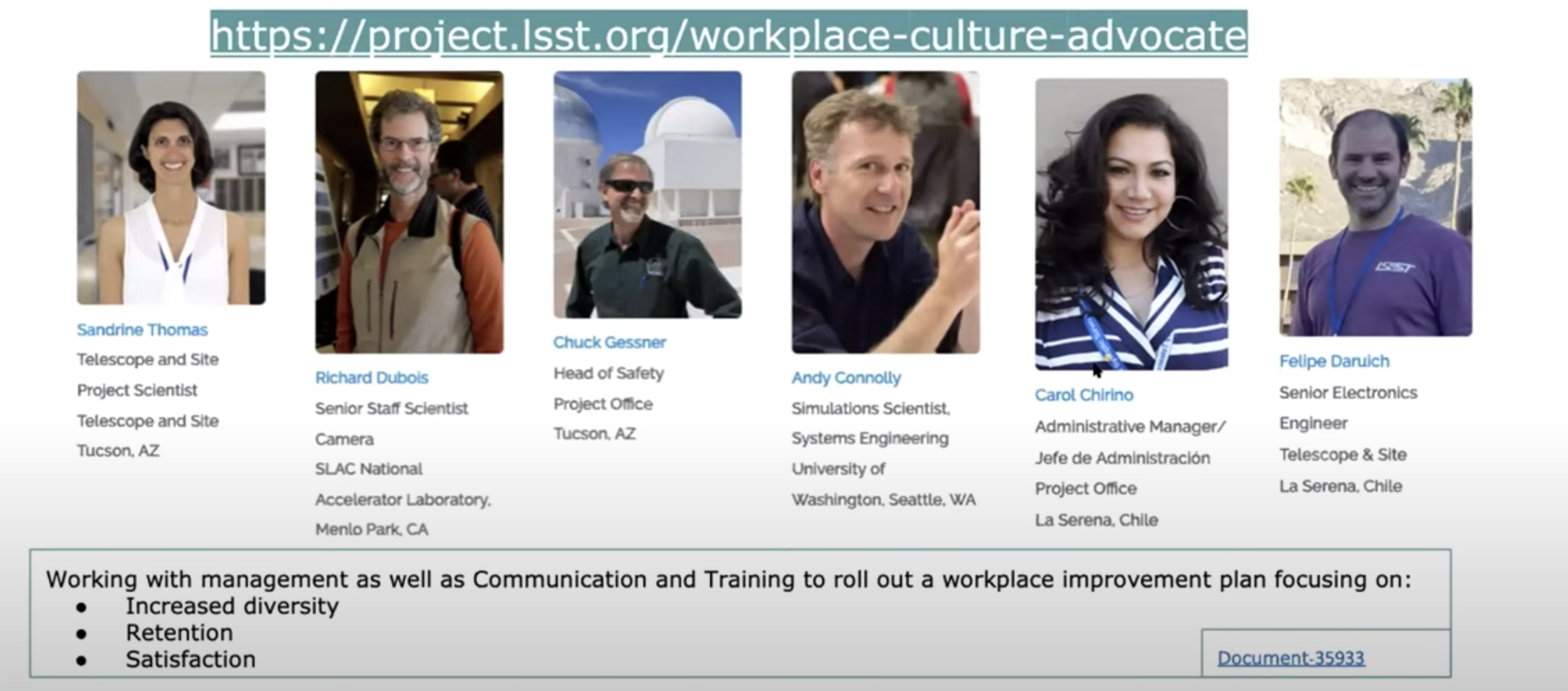
what's in a name?

The first ground-based national US observatory named after a woman, Dr. Vera C. Rubin
VRO
In the first 10 years of its life Rubin will conduct the Legacy Survey of Space and Time or LSST
federica bianco - fbianco@udel.edu

@fedhere
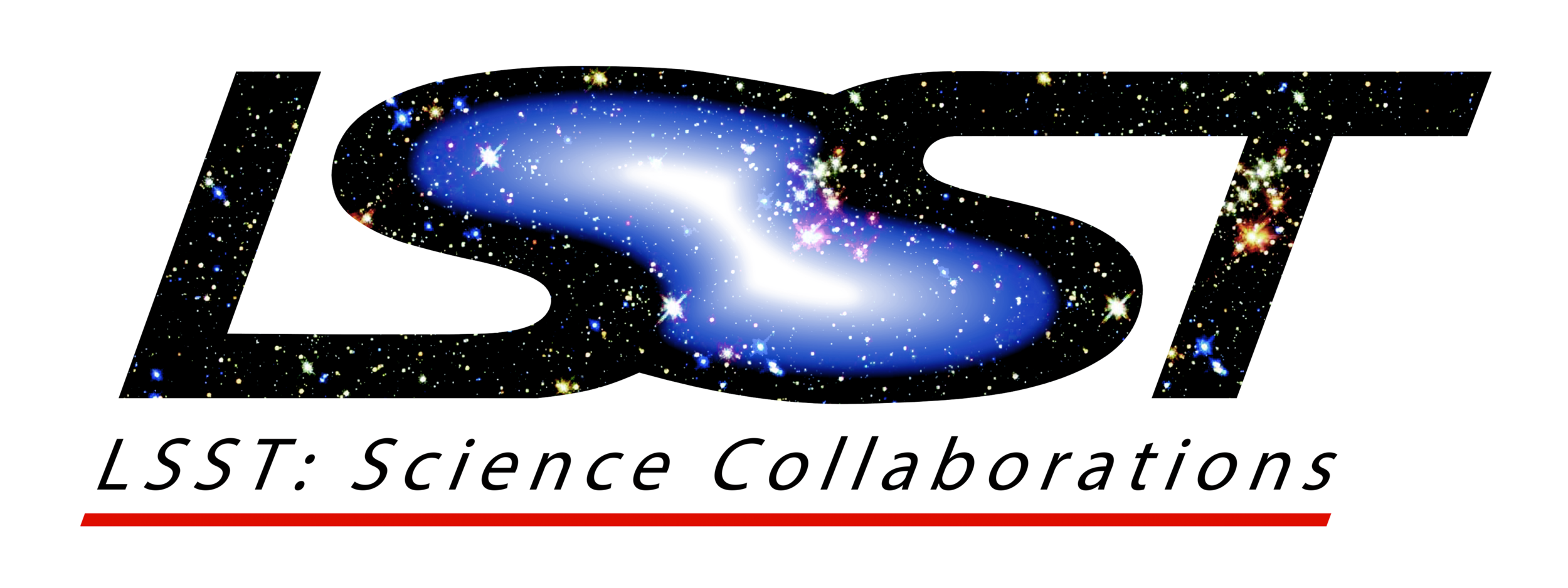
federica bianco fbianco@udel.edu
thank you!


https://www.lsst.org/
https://www.lsst.org/scientists/science-collaborations
https://www.lsstcorporation.org/